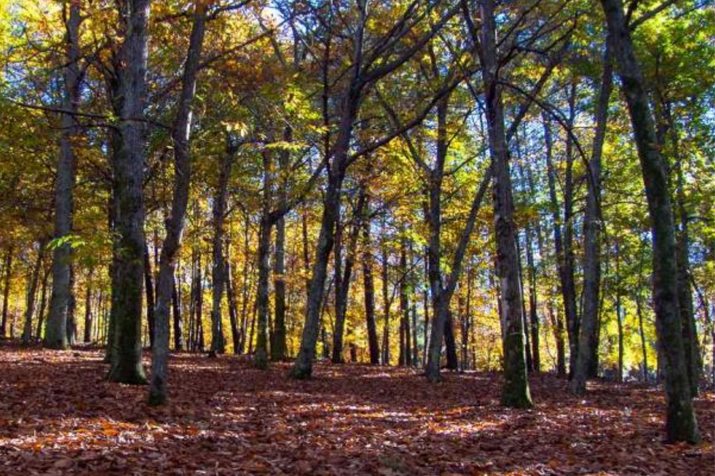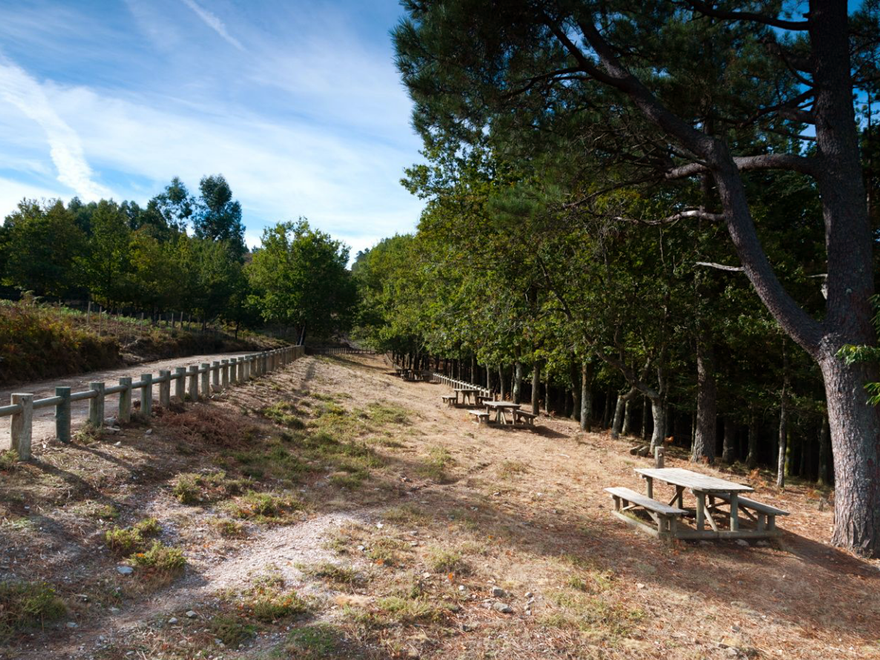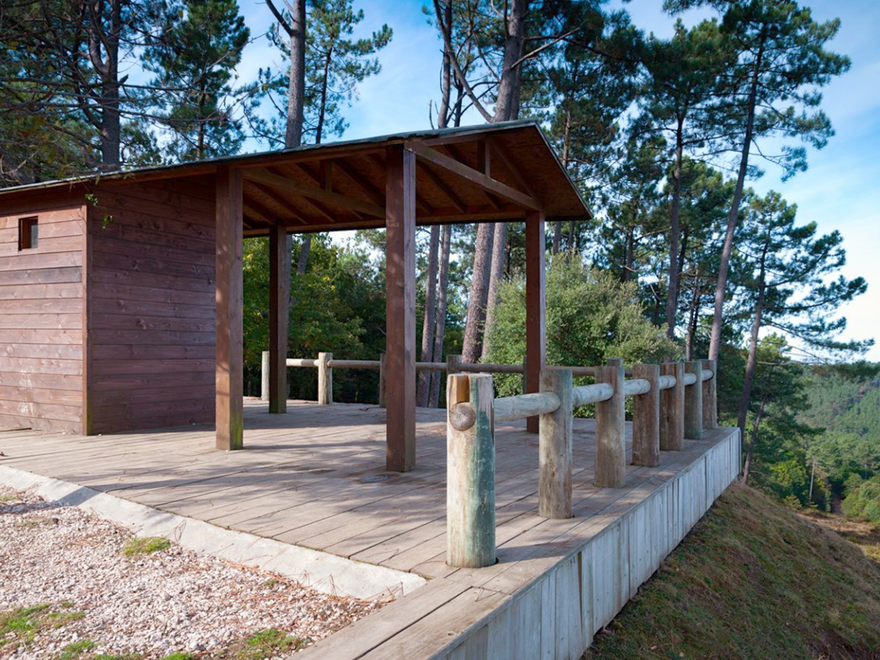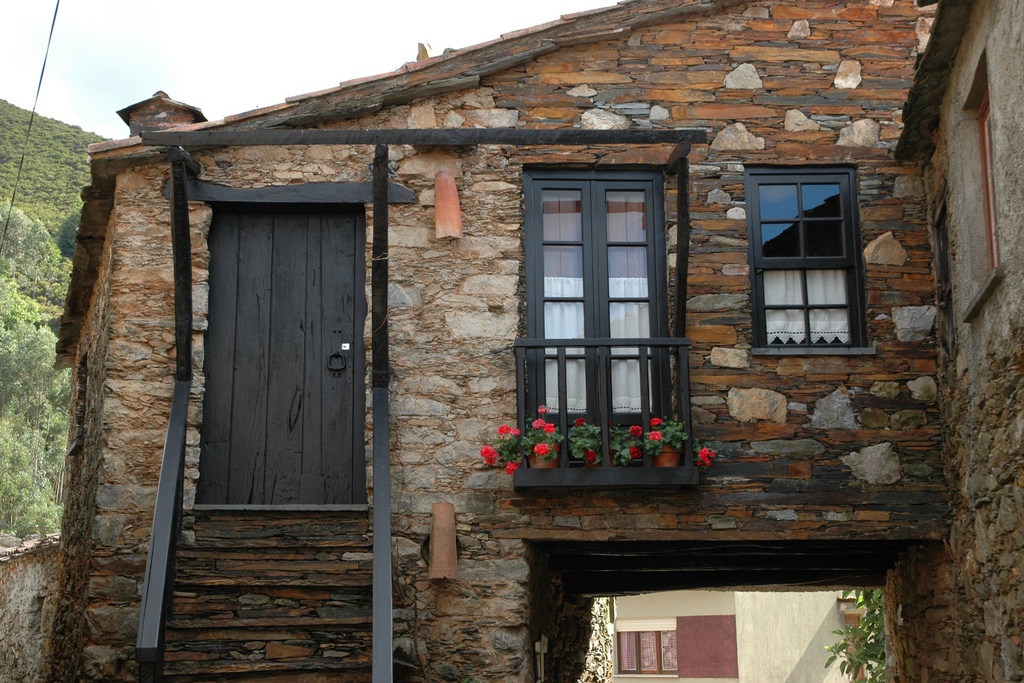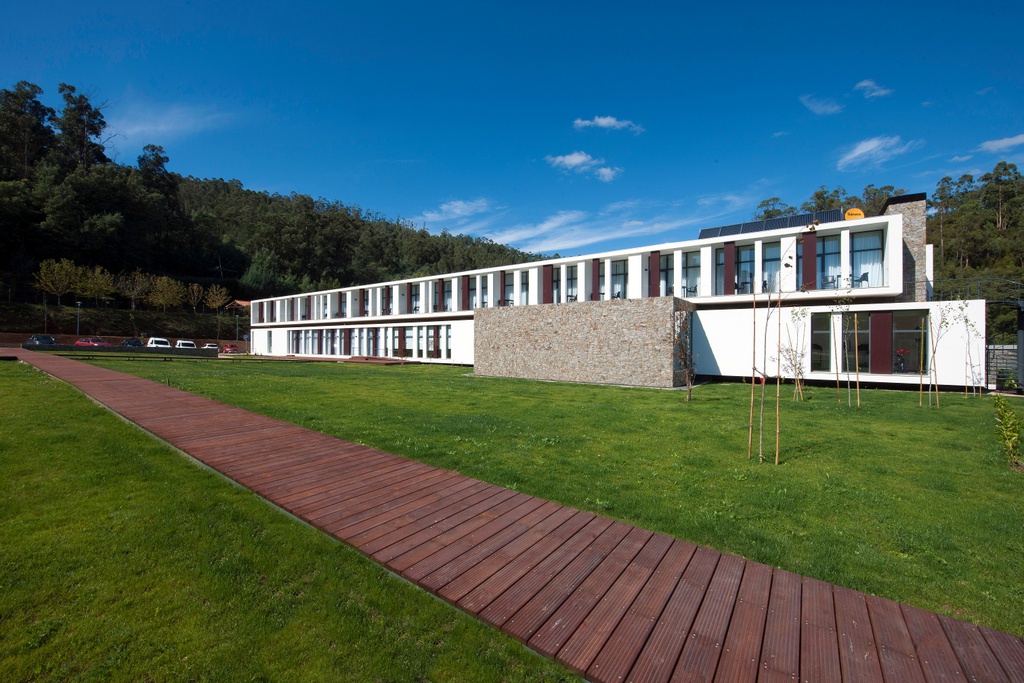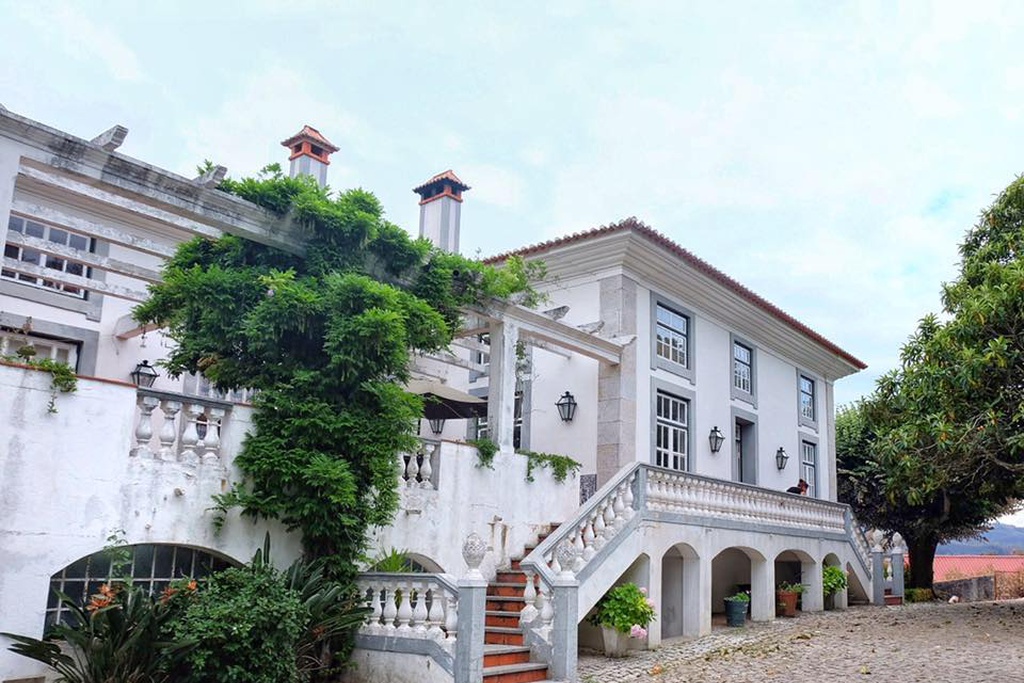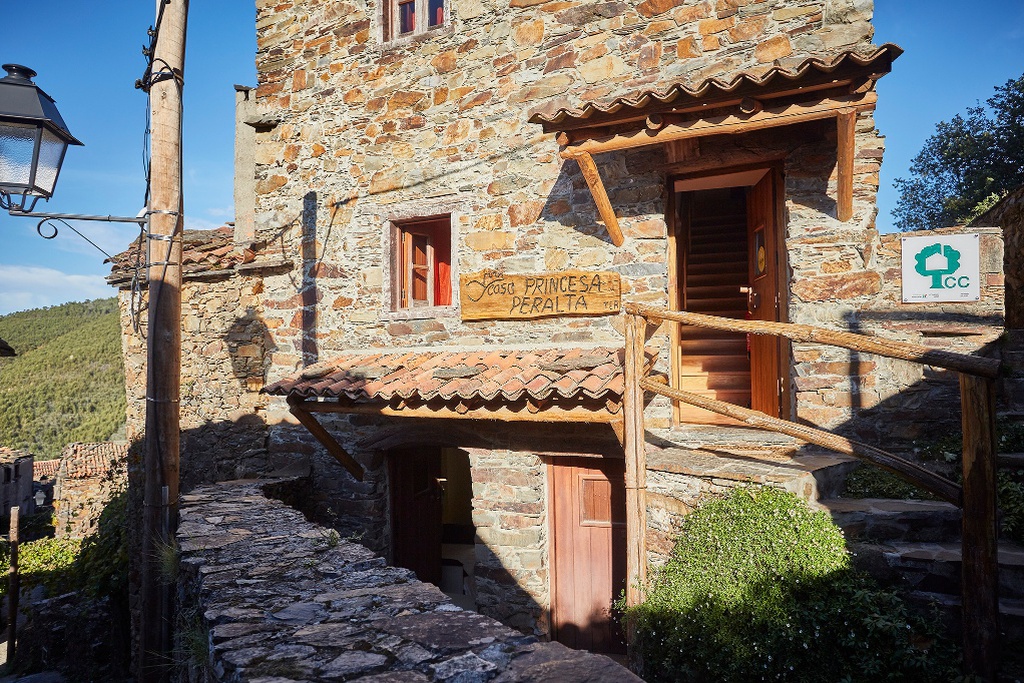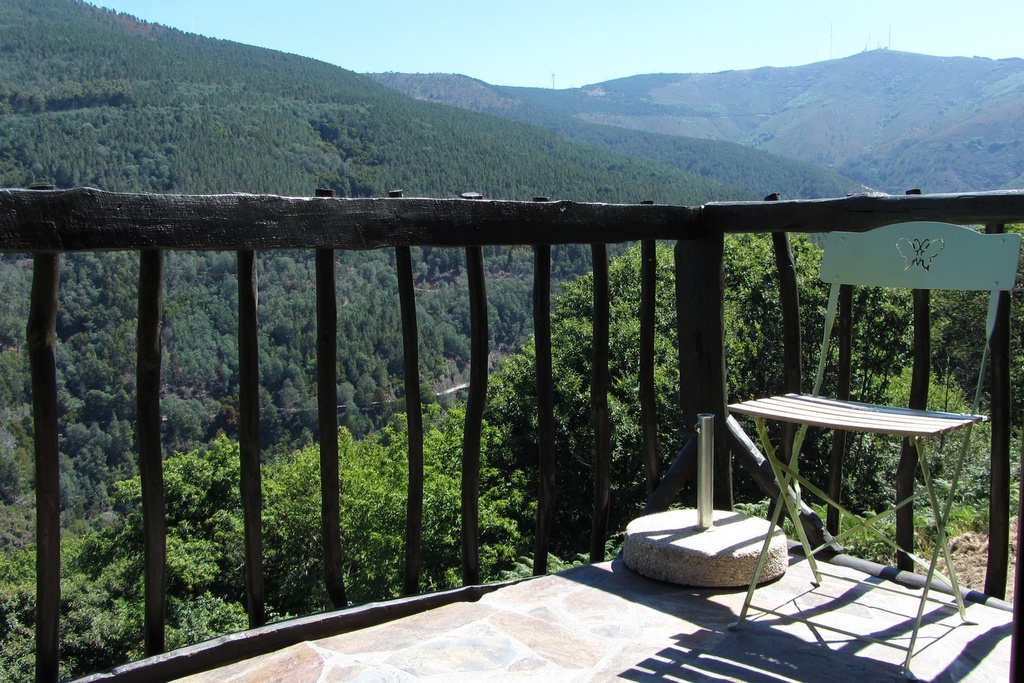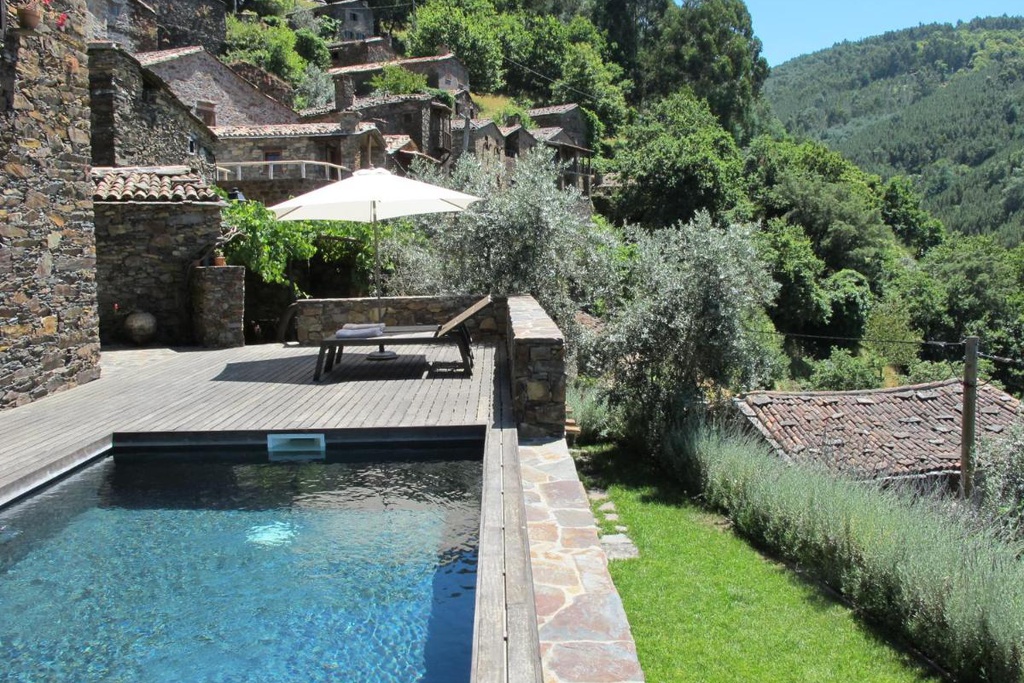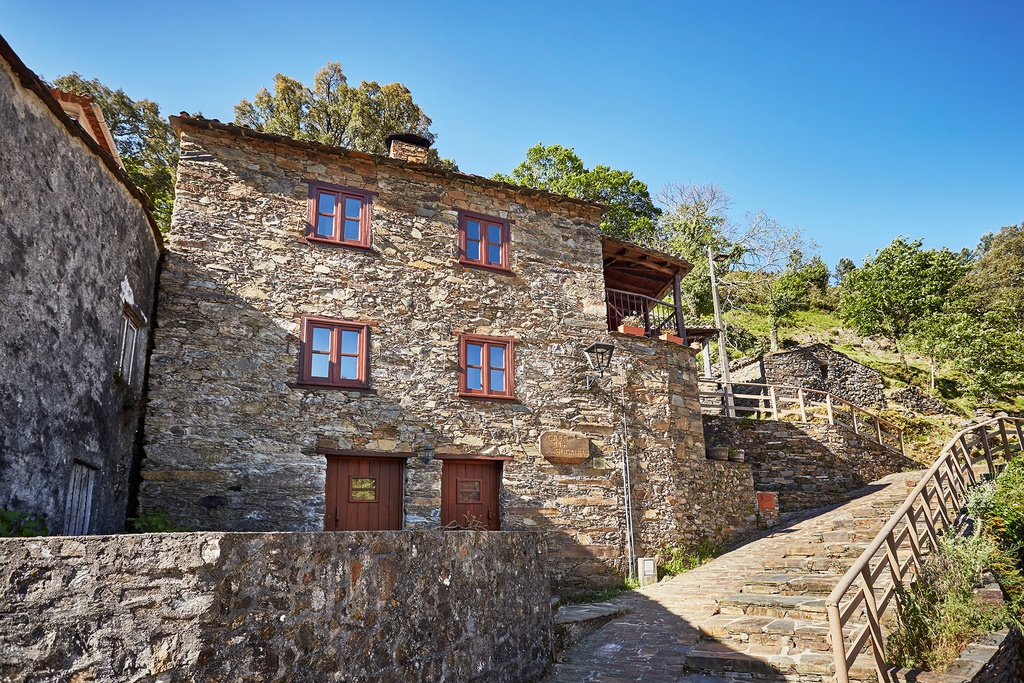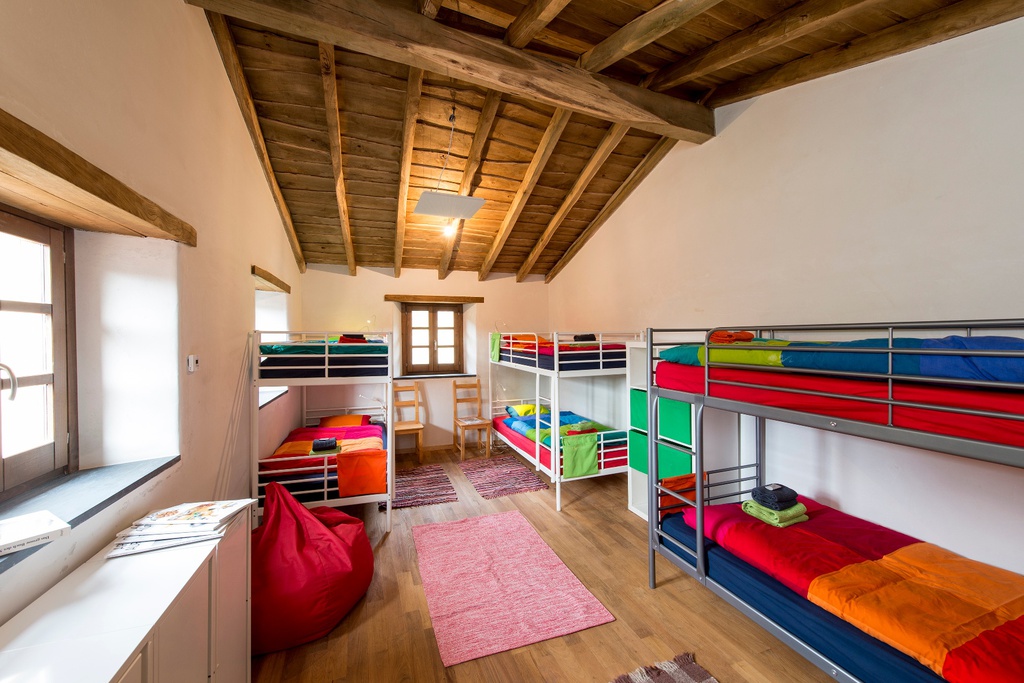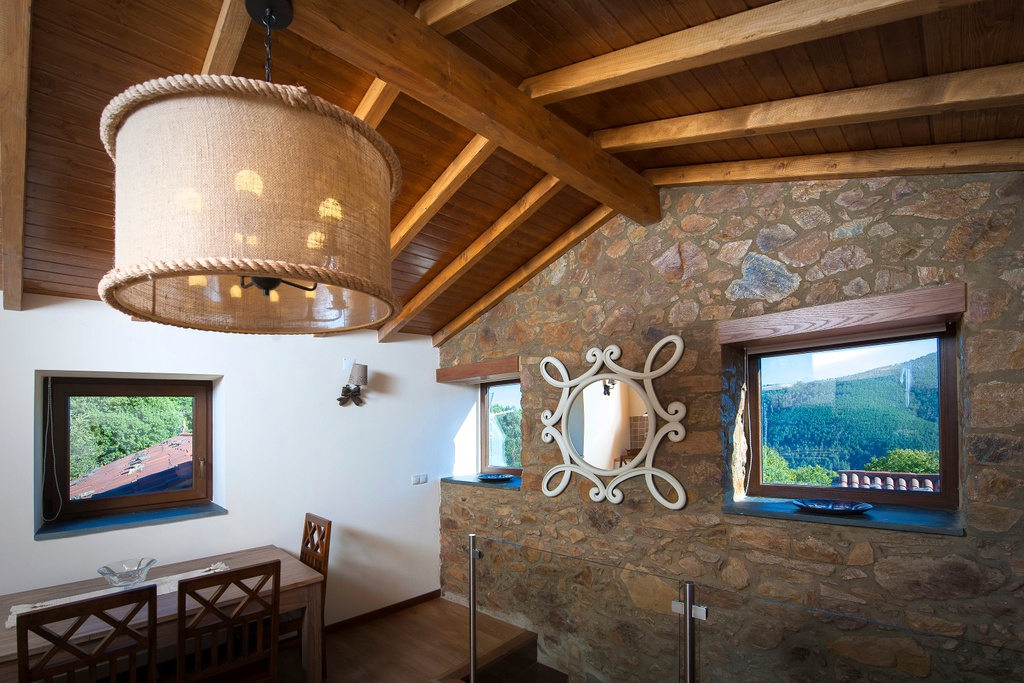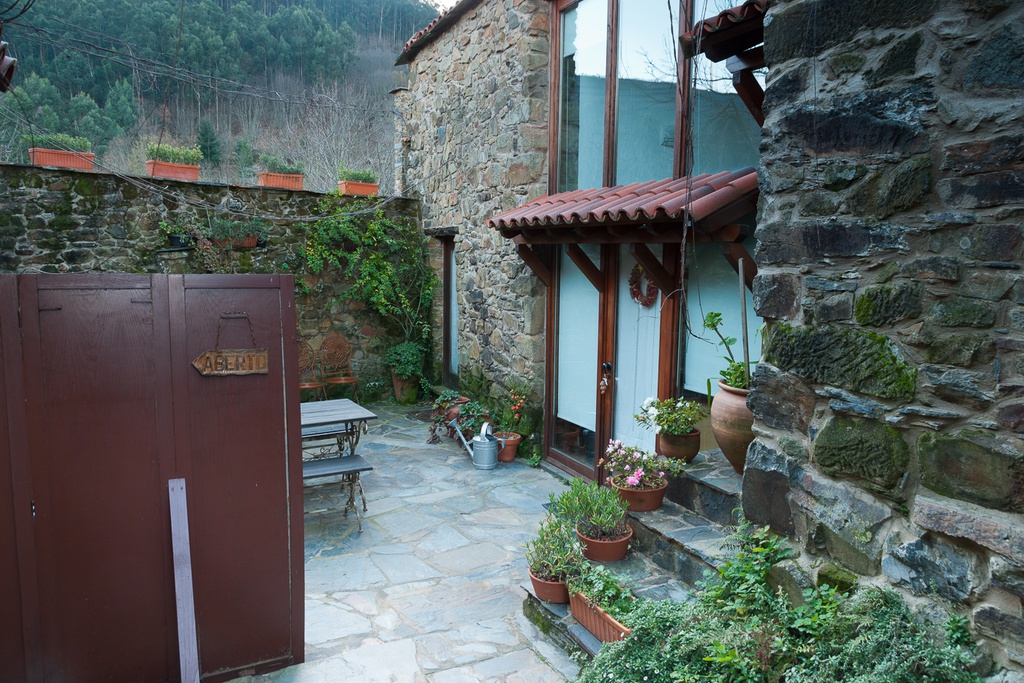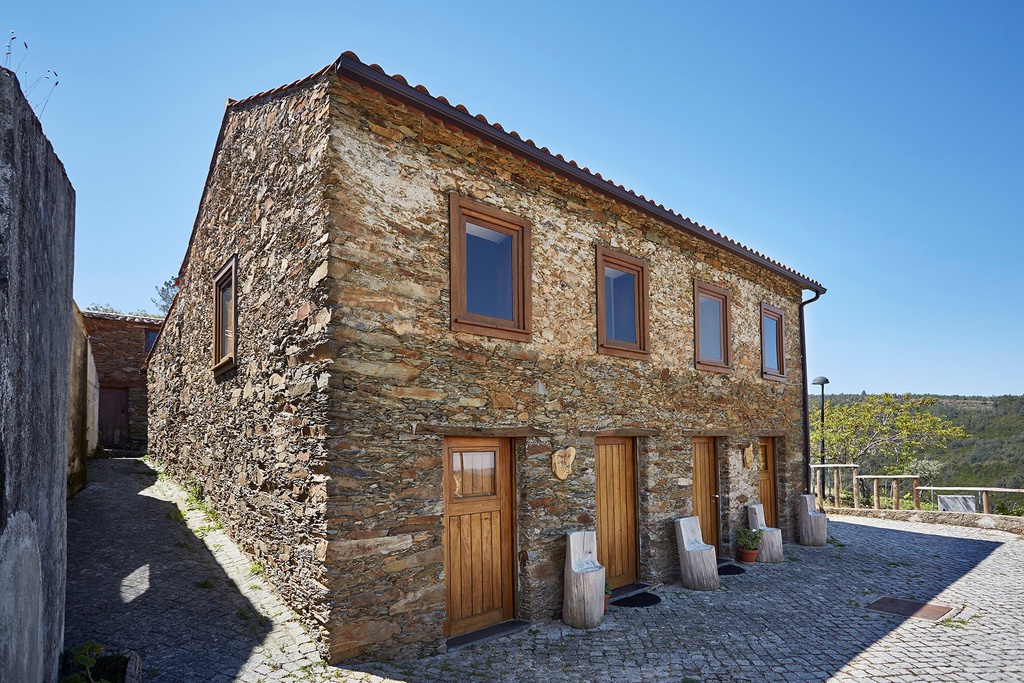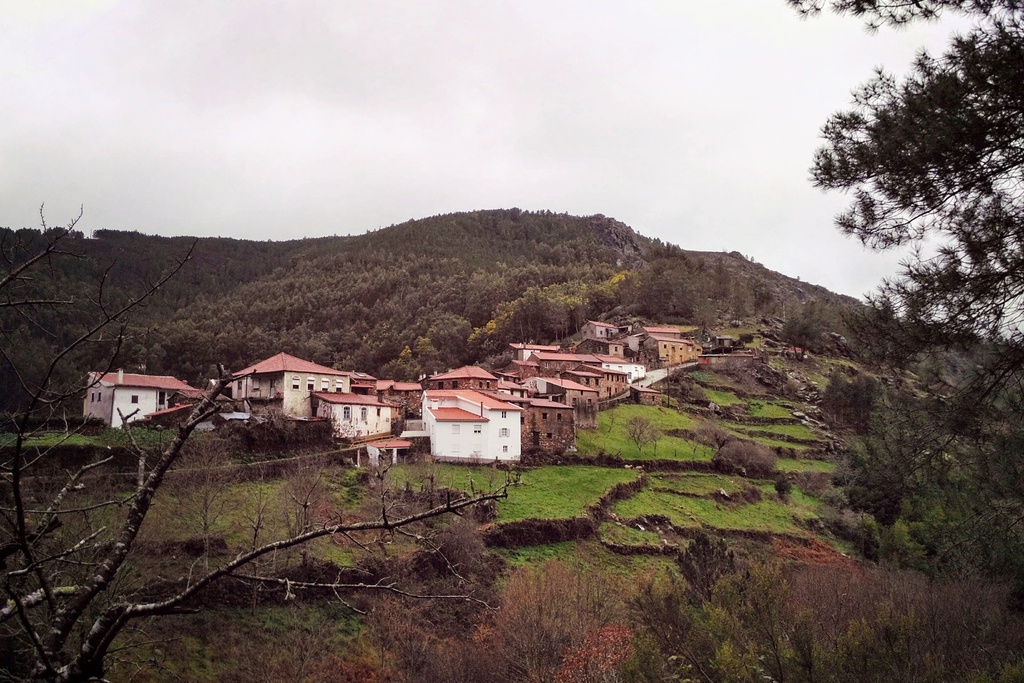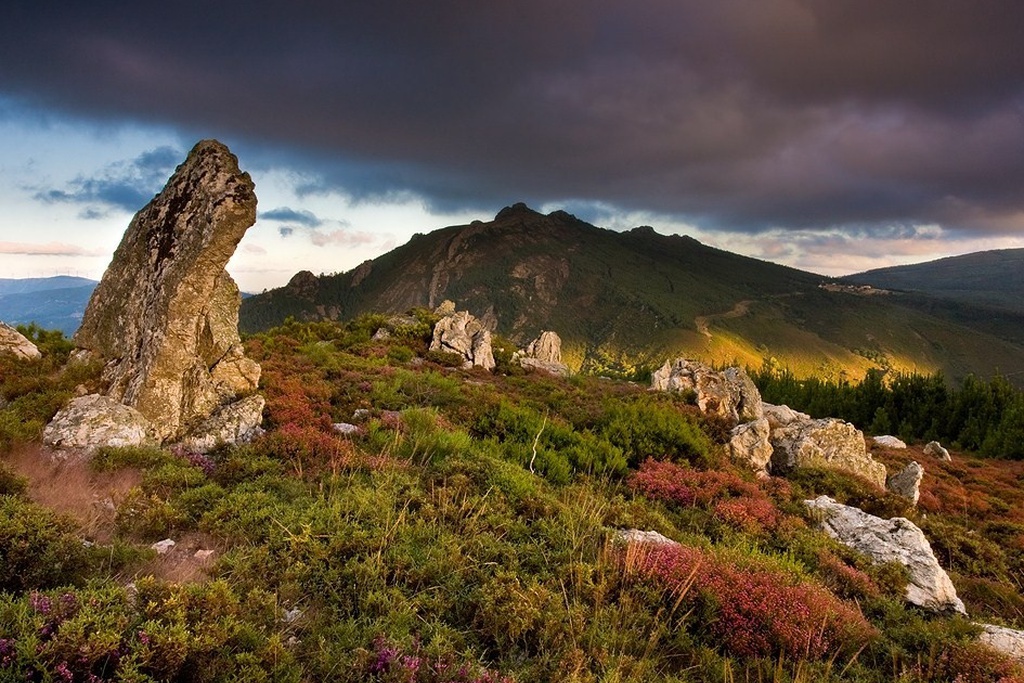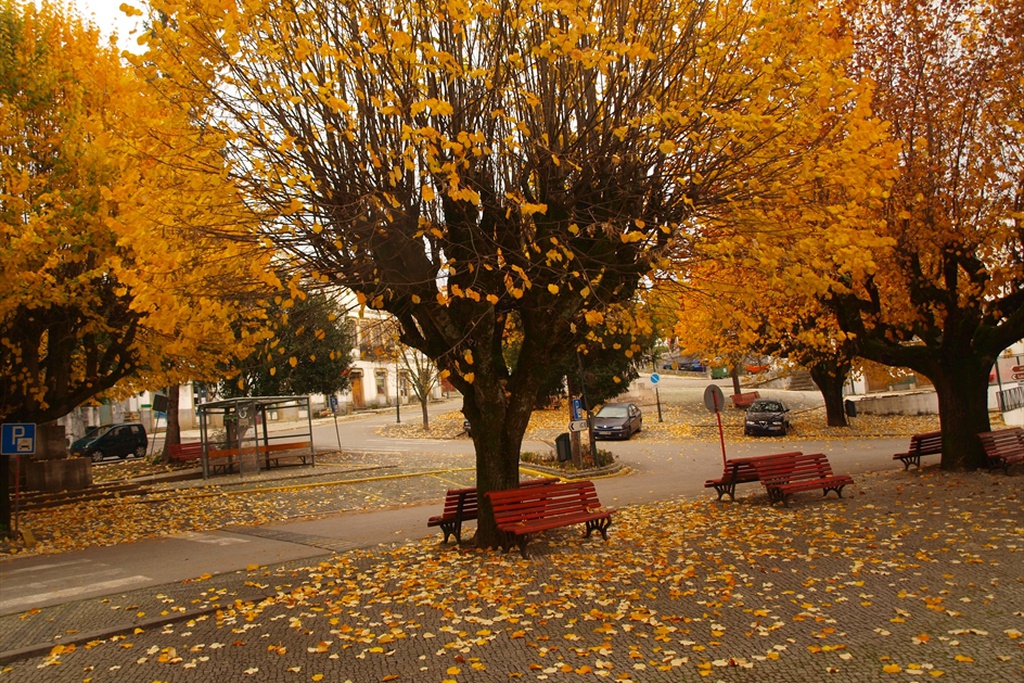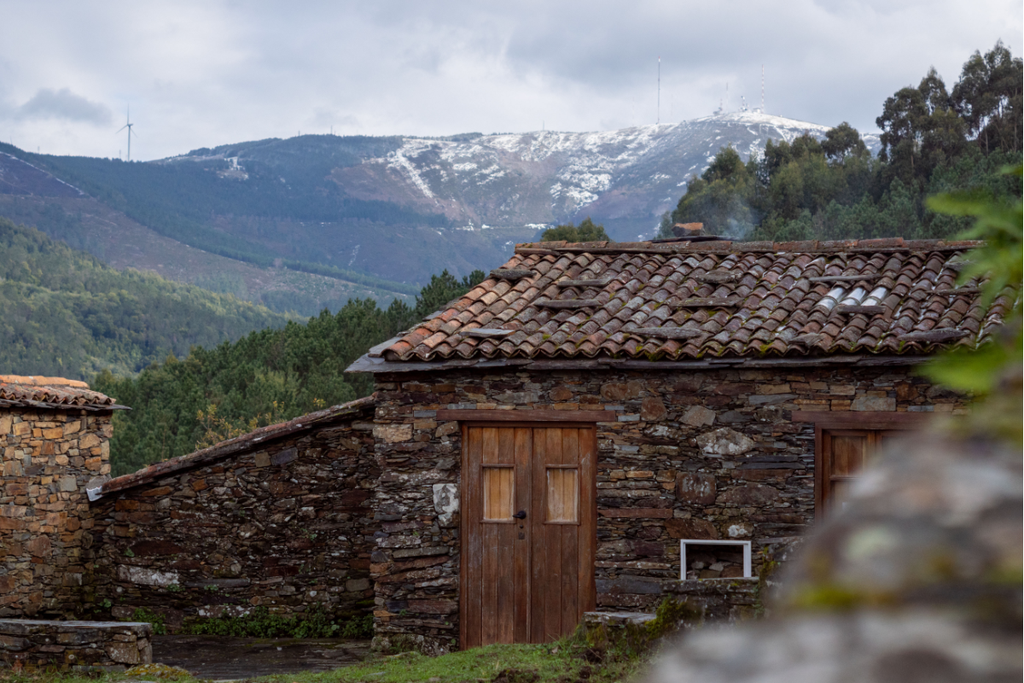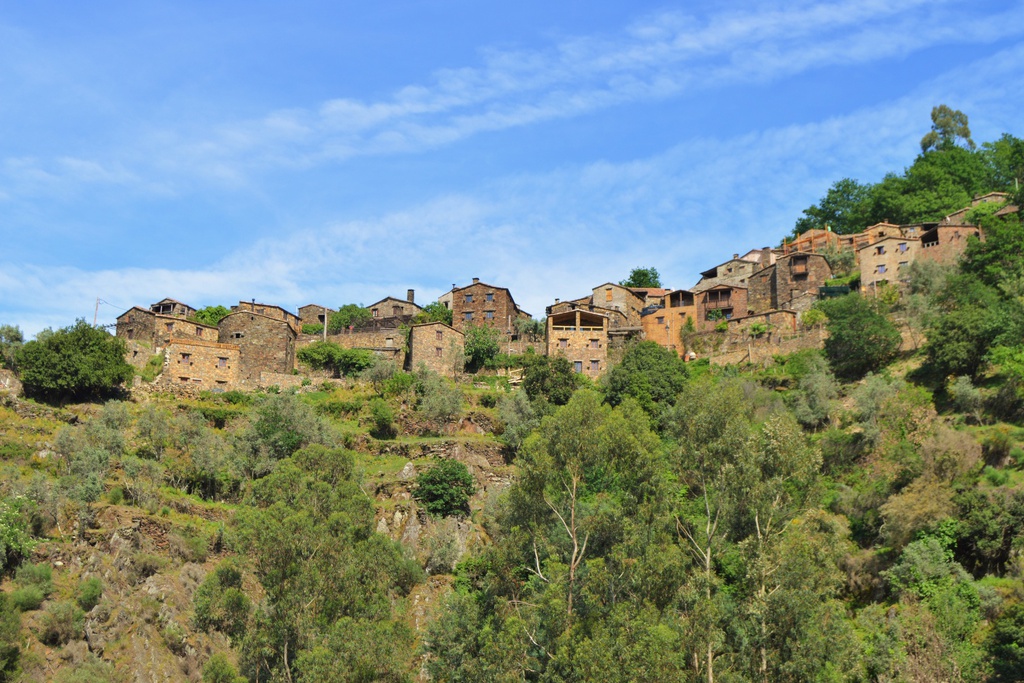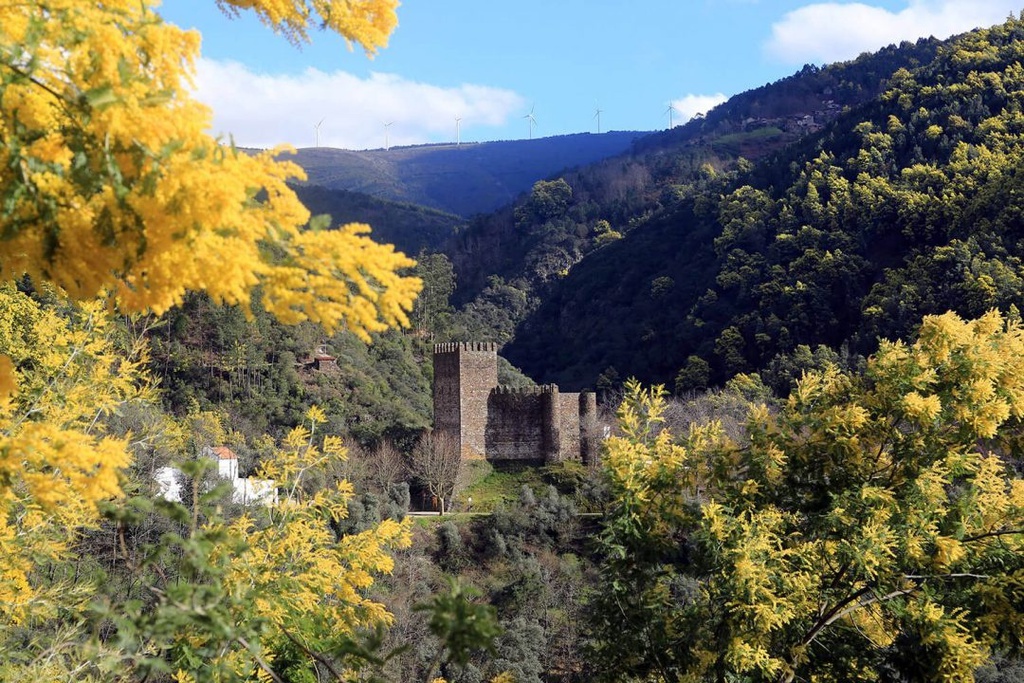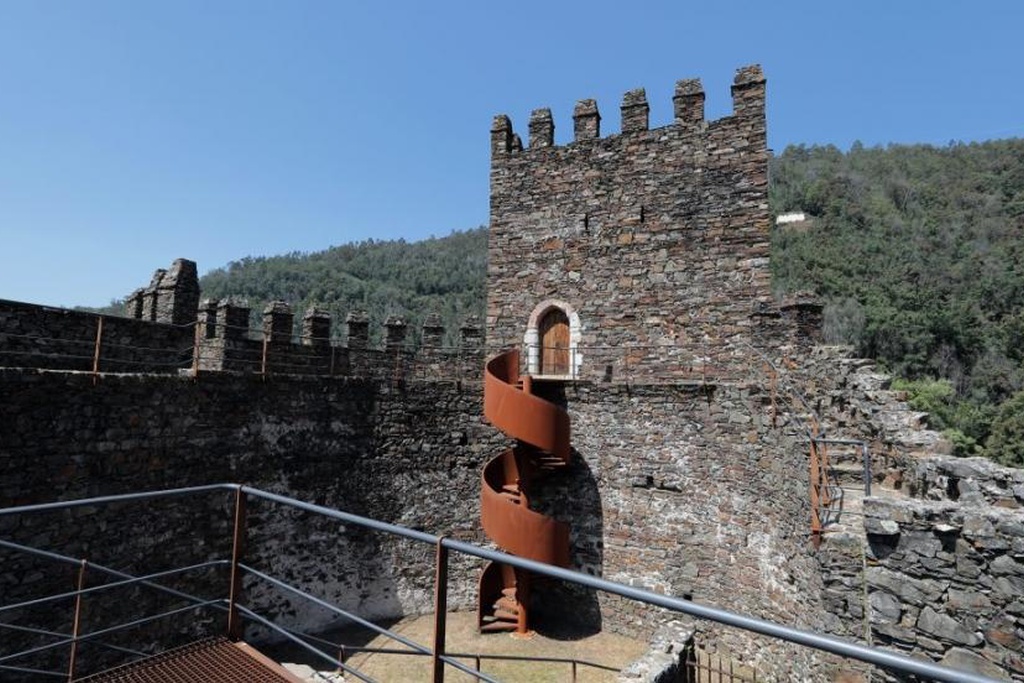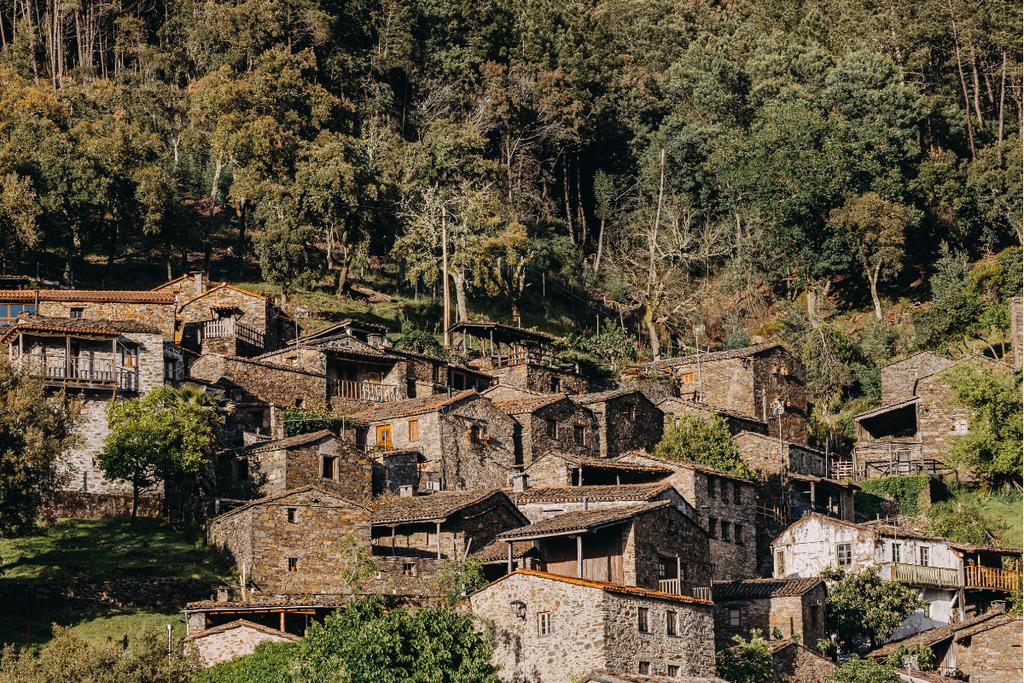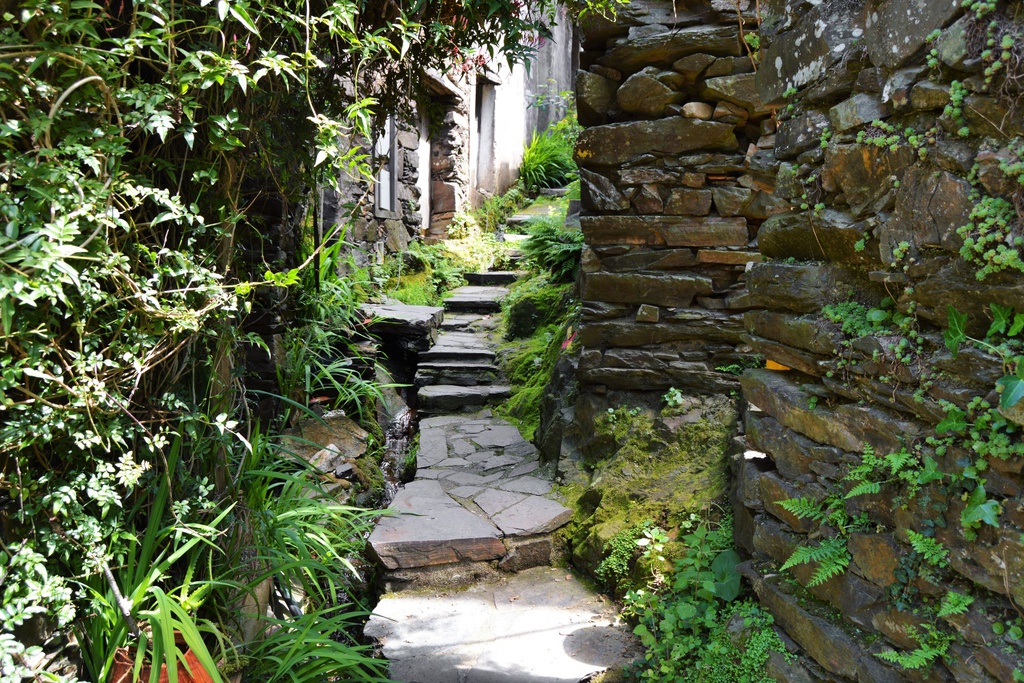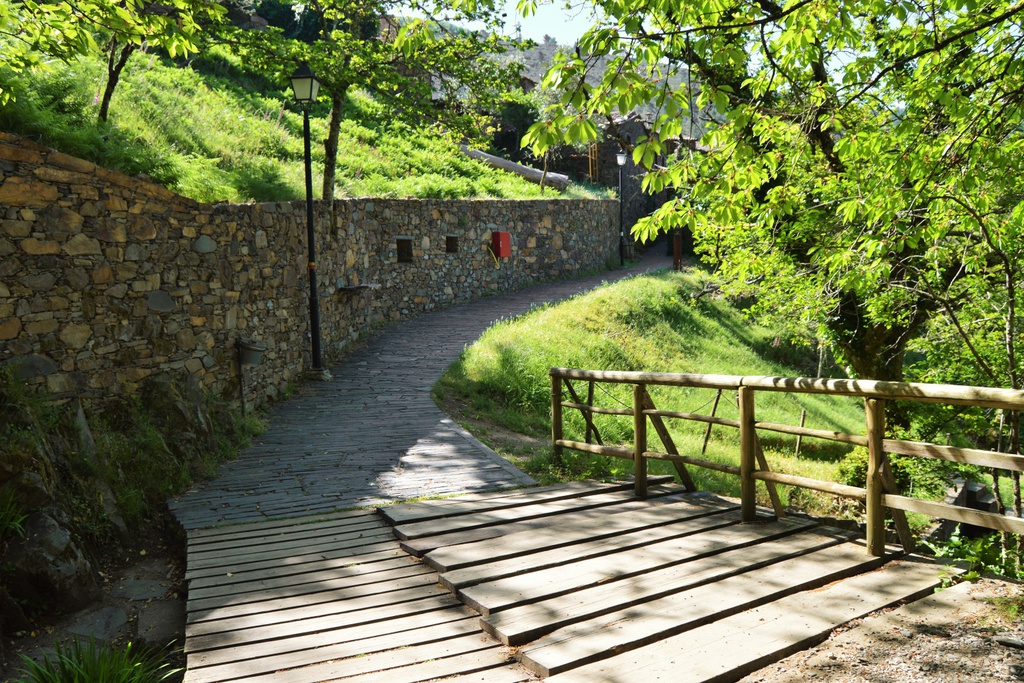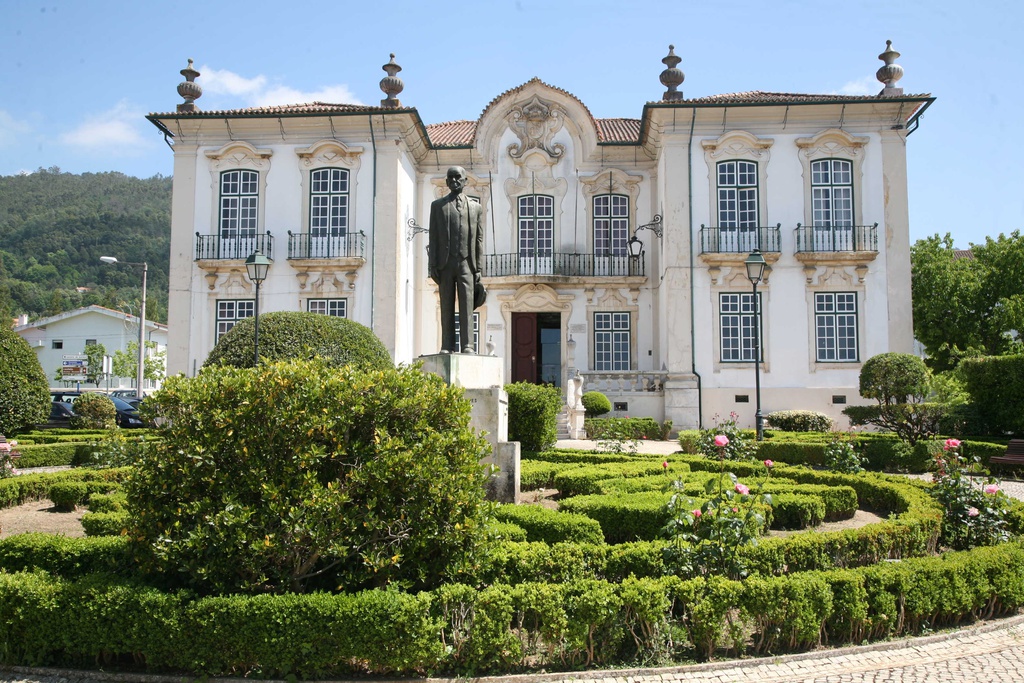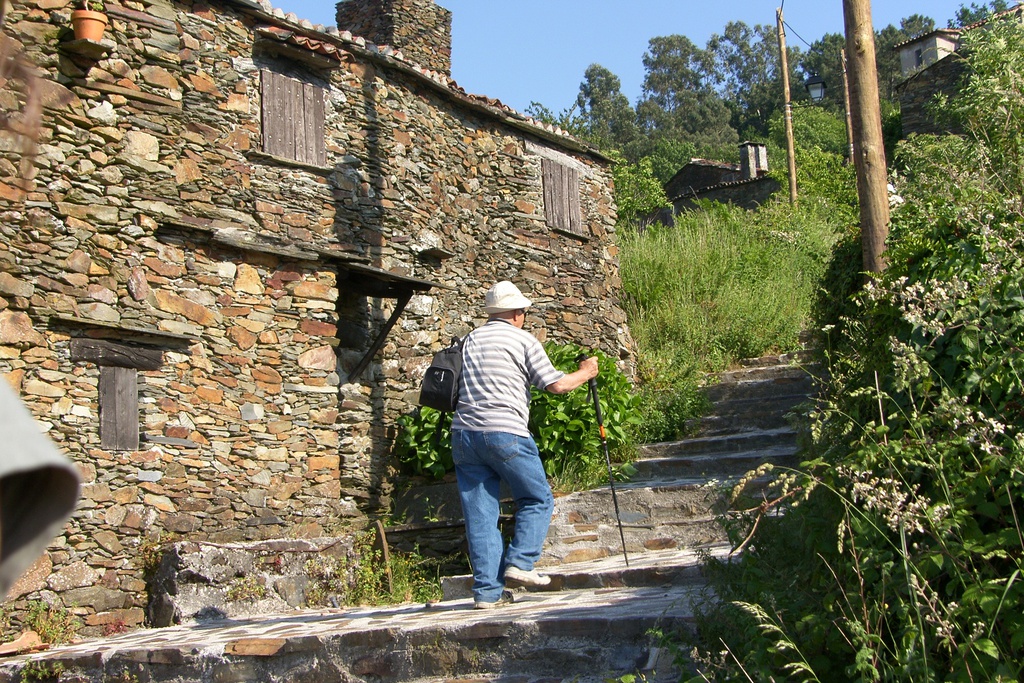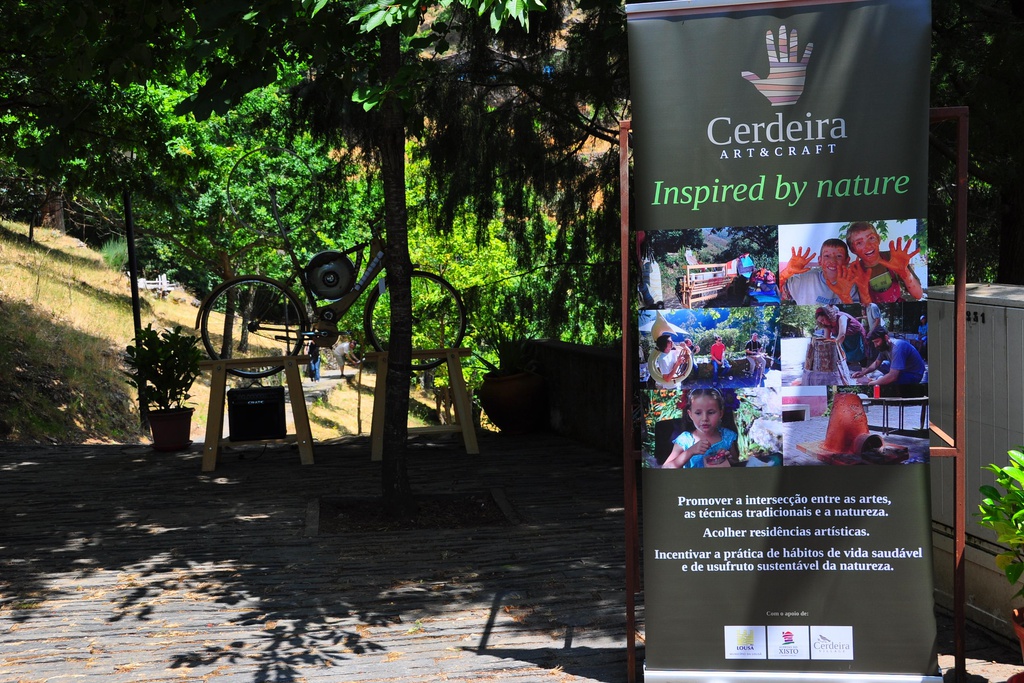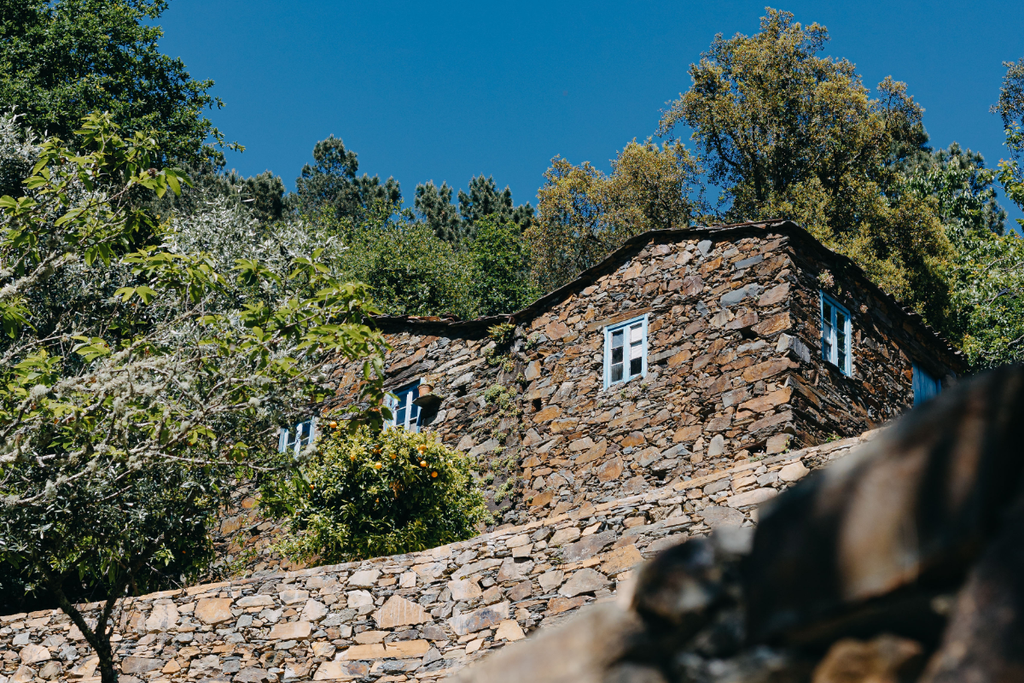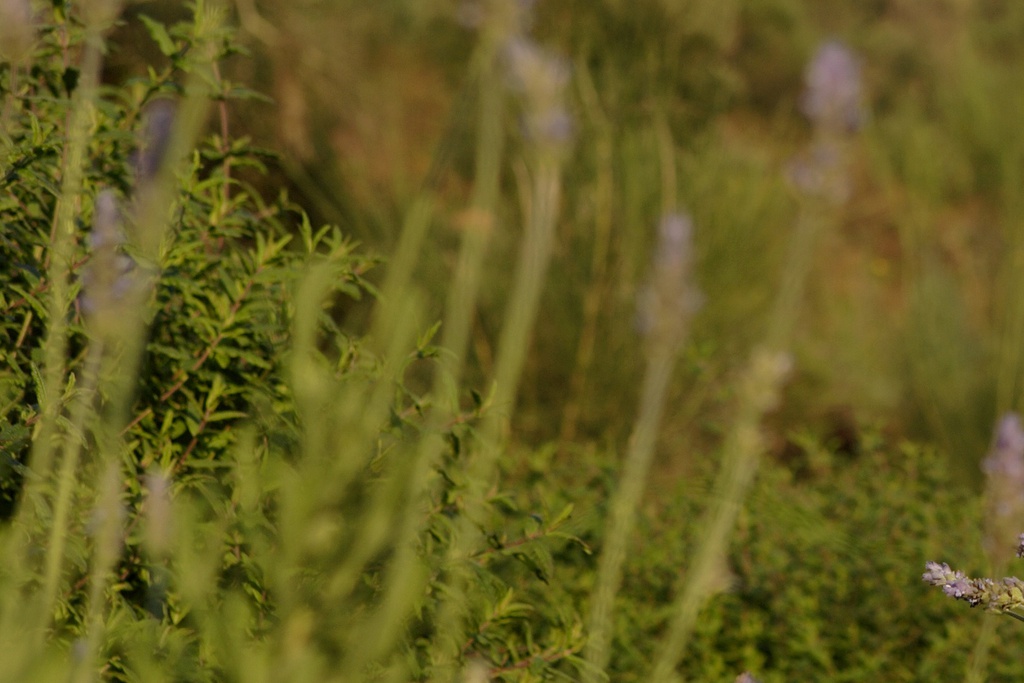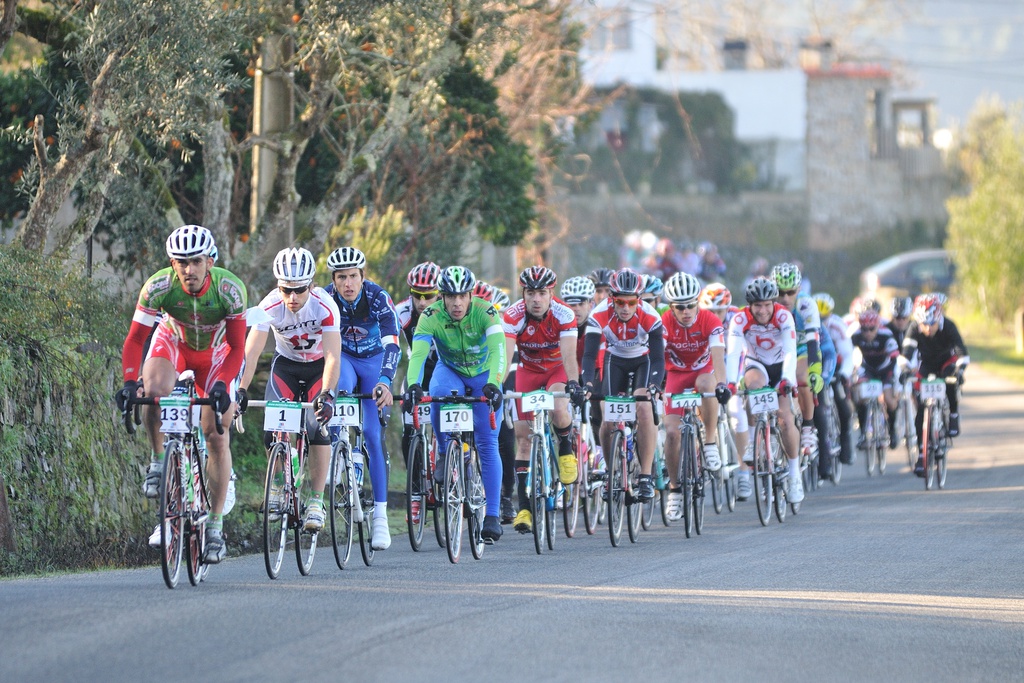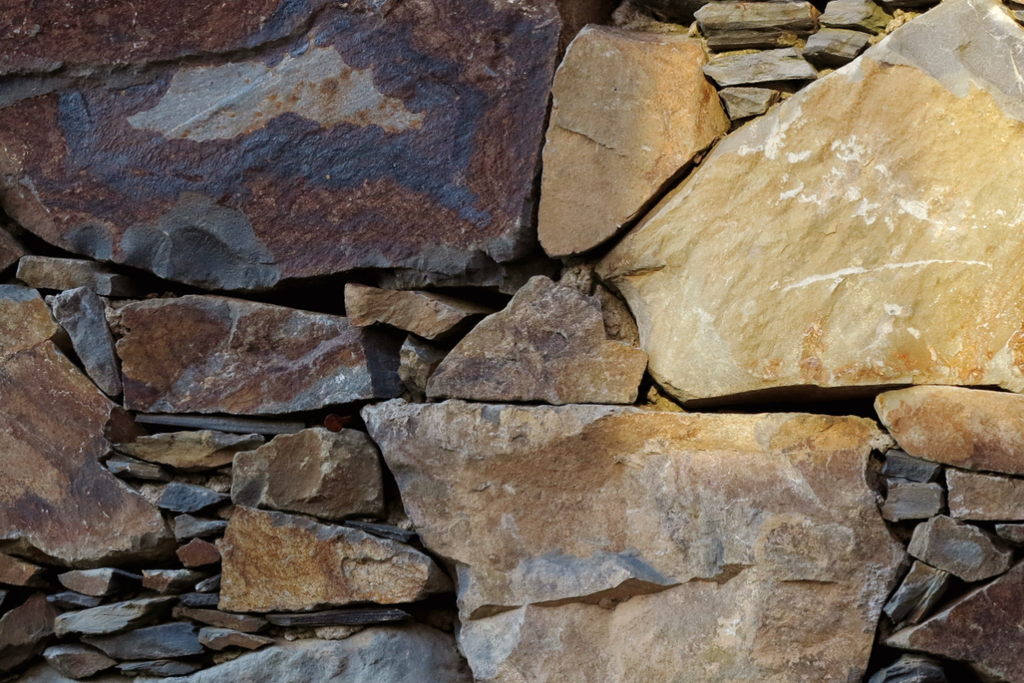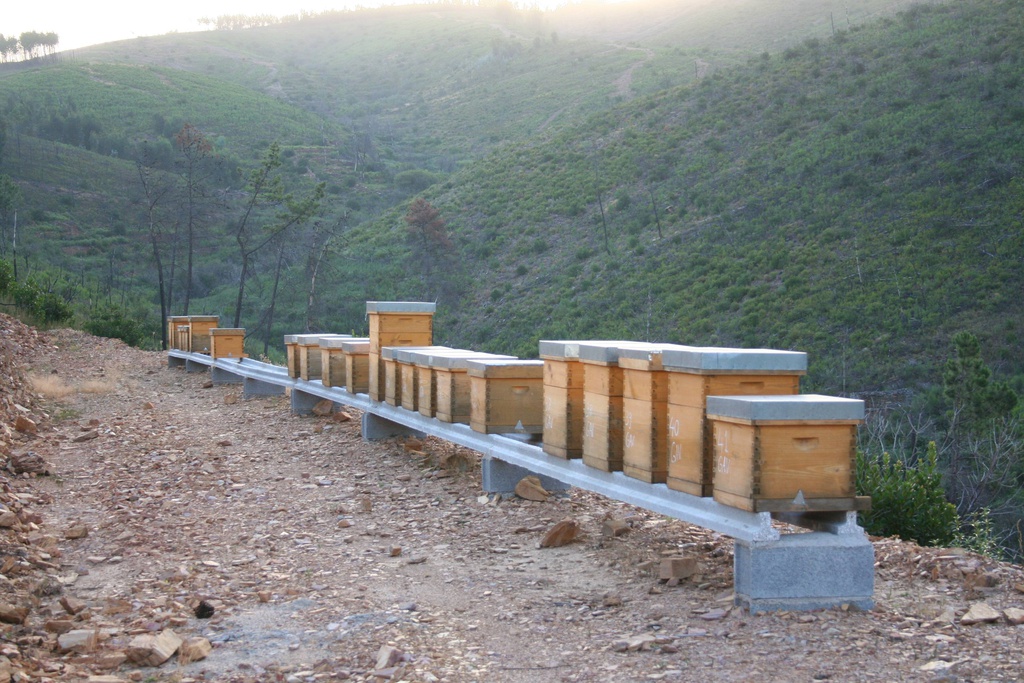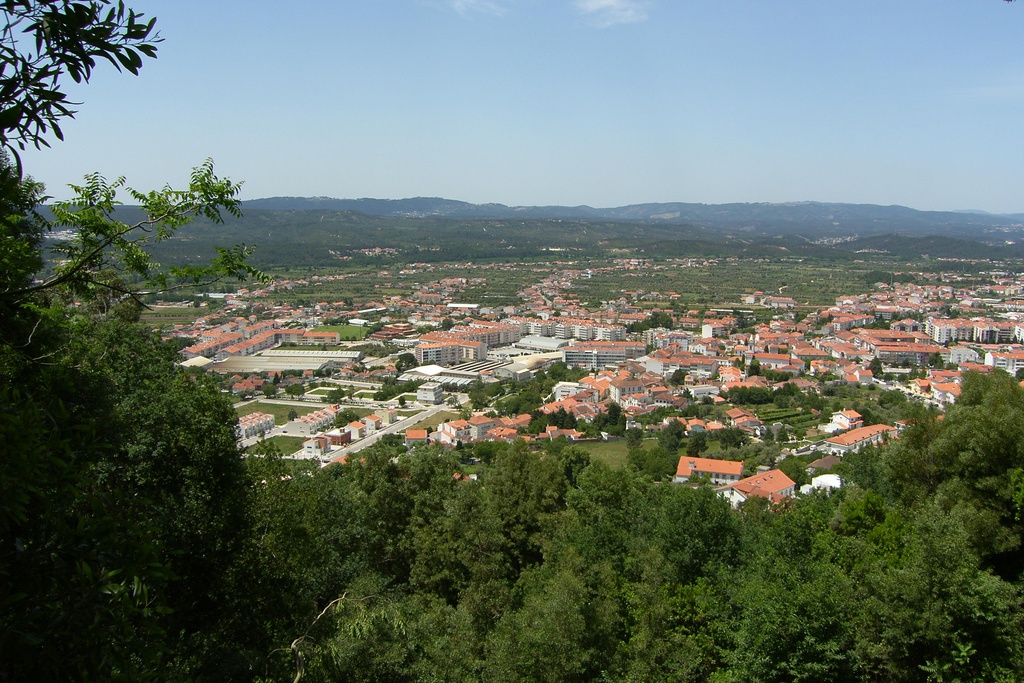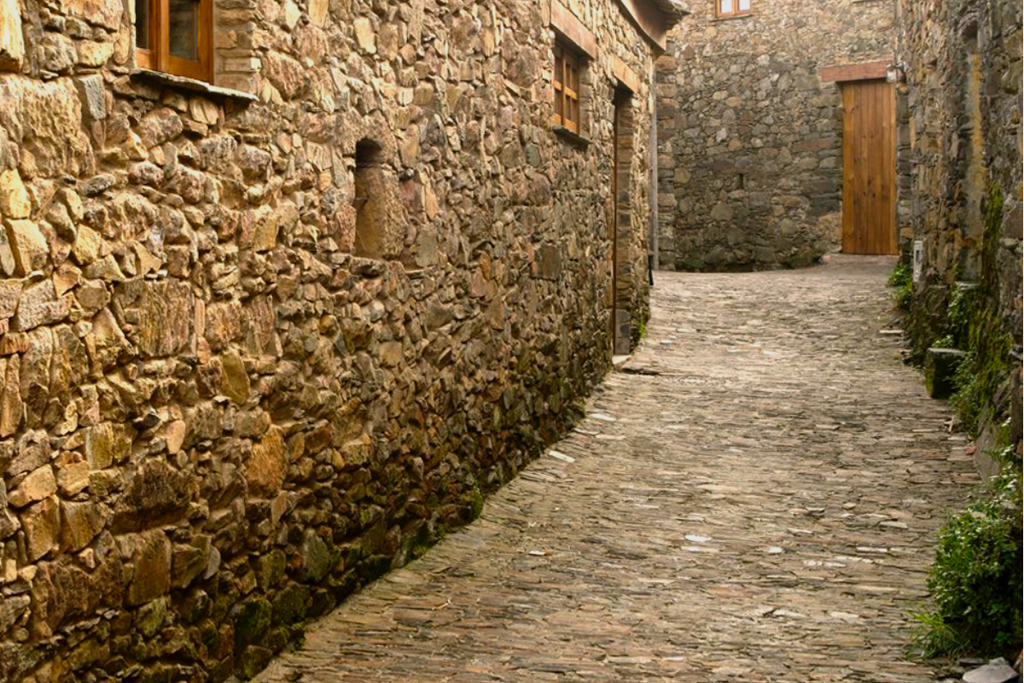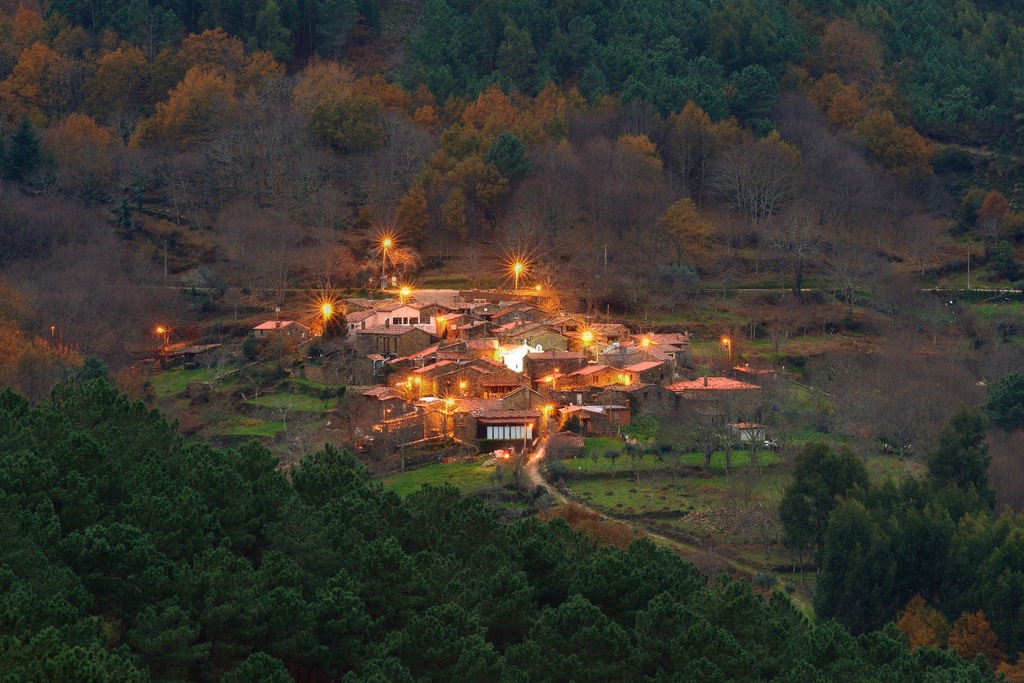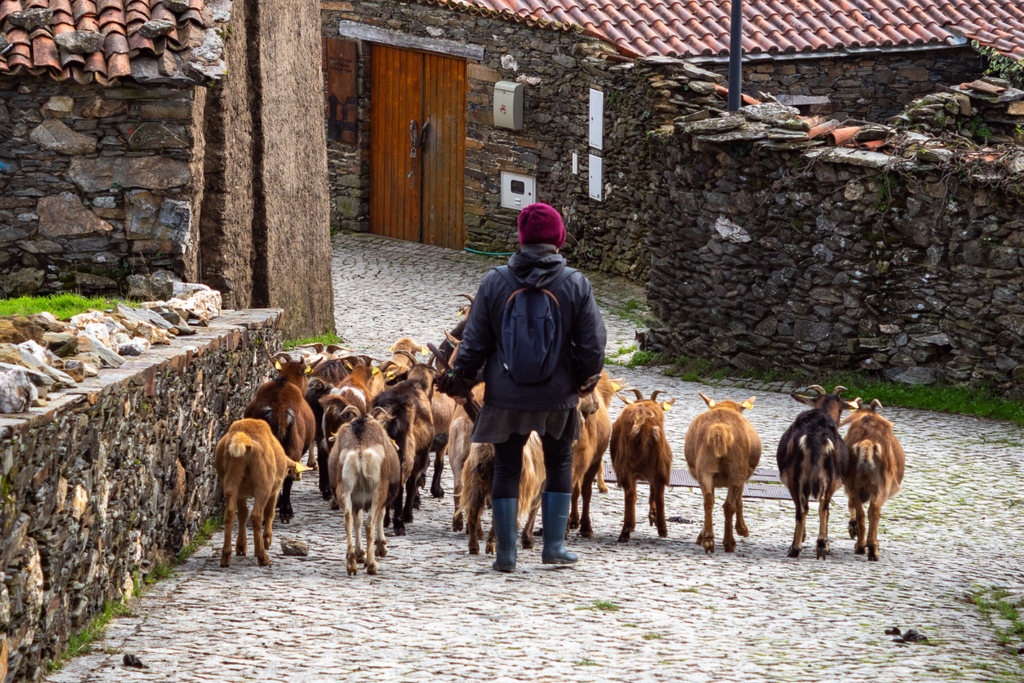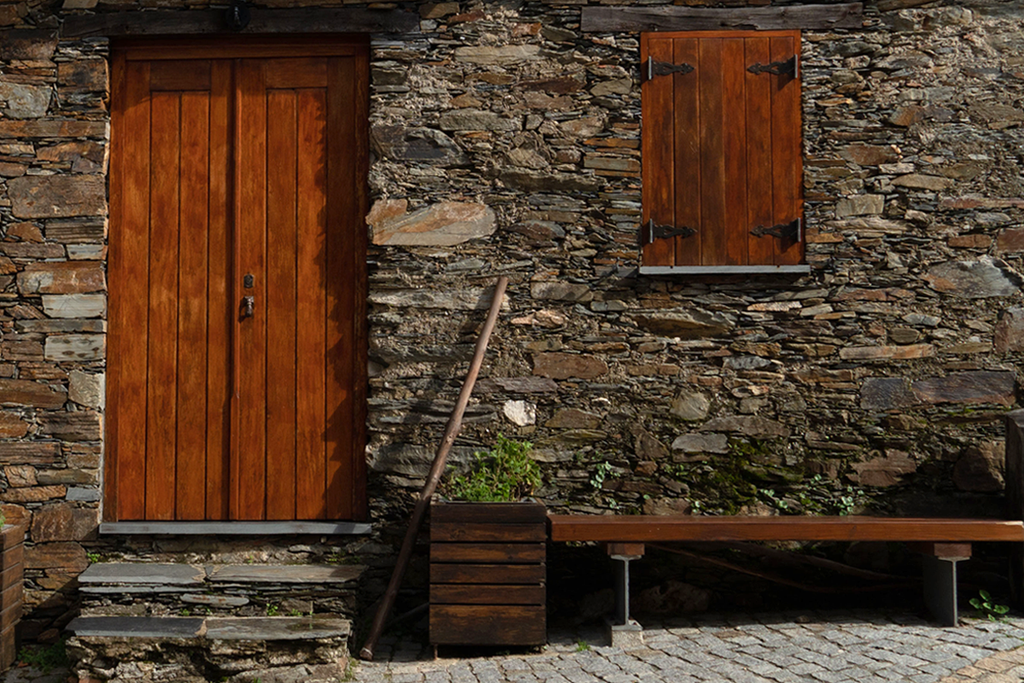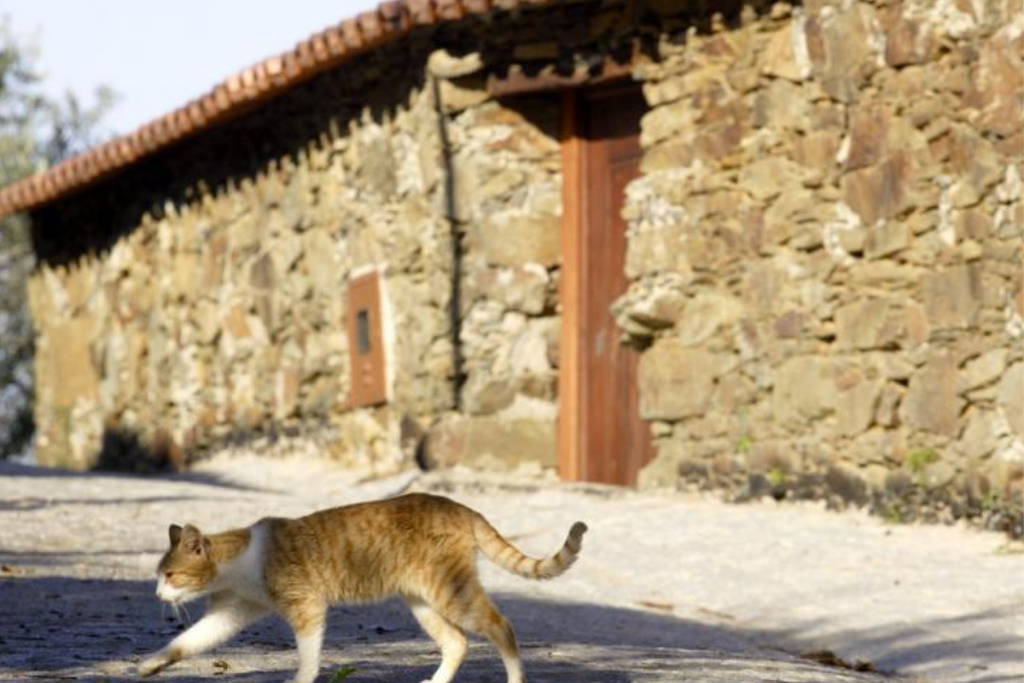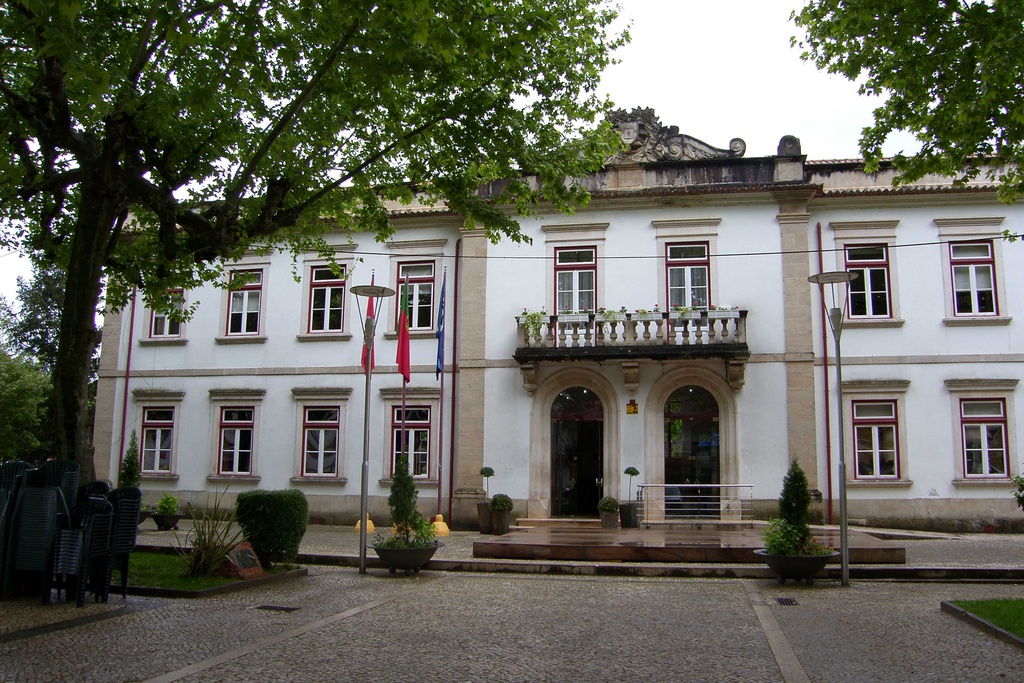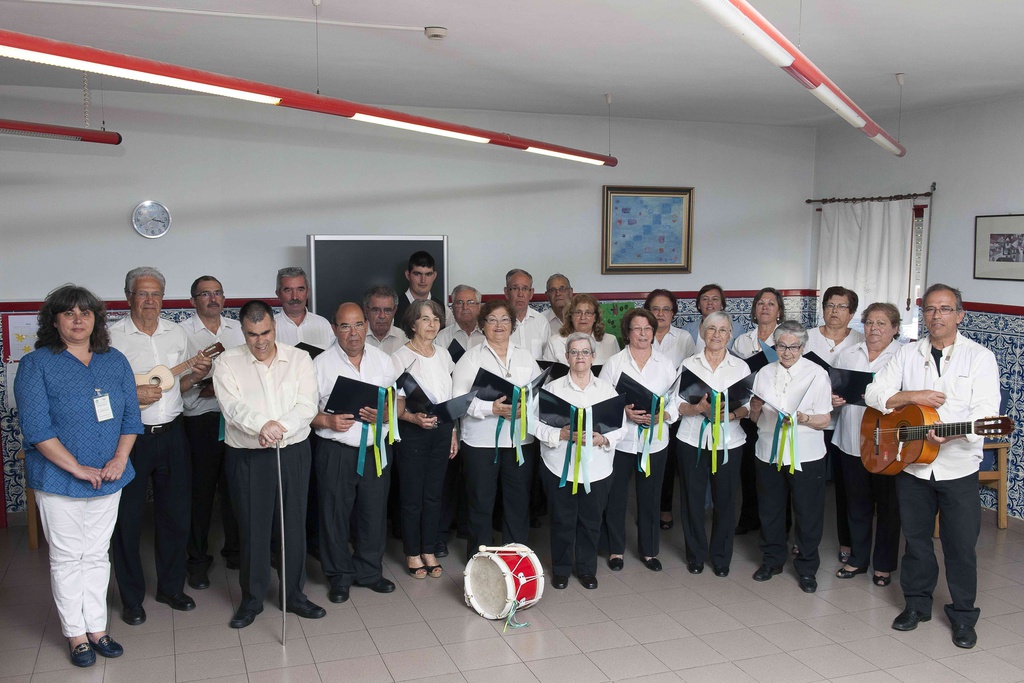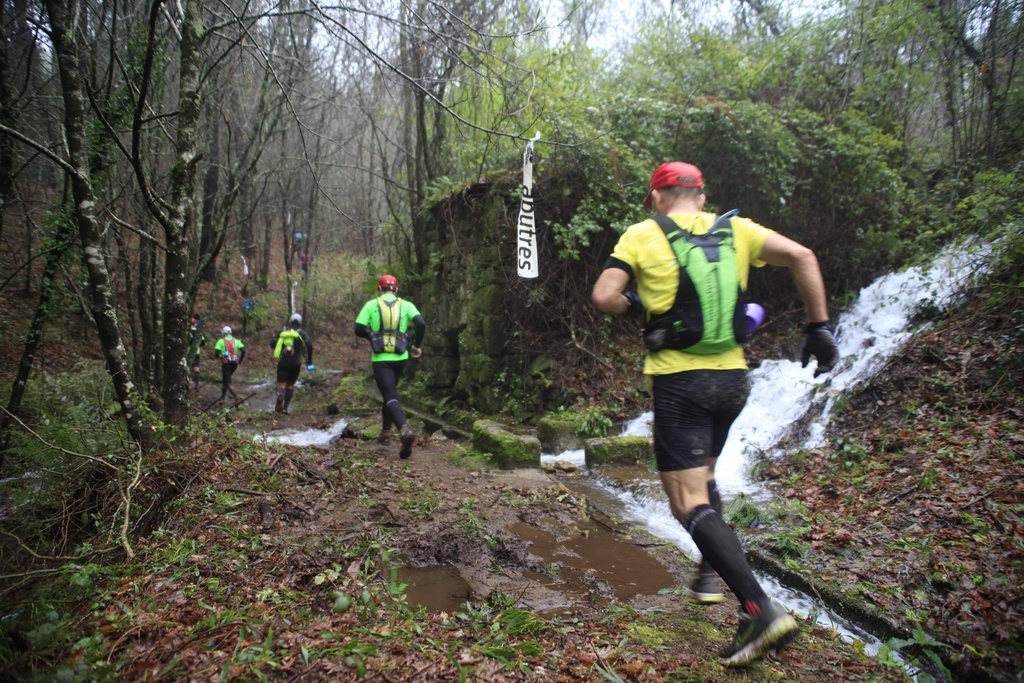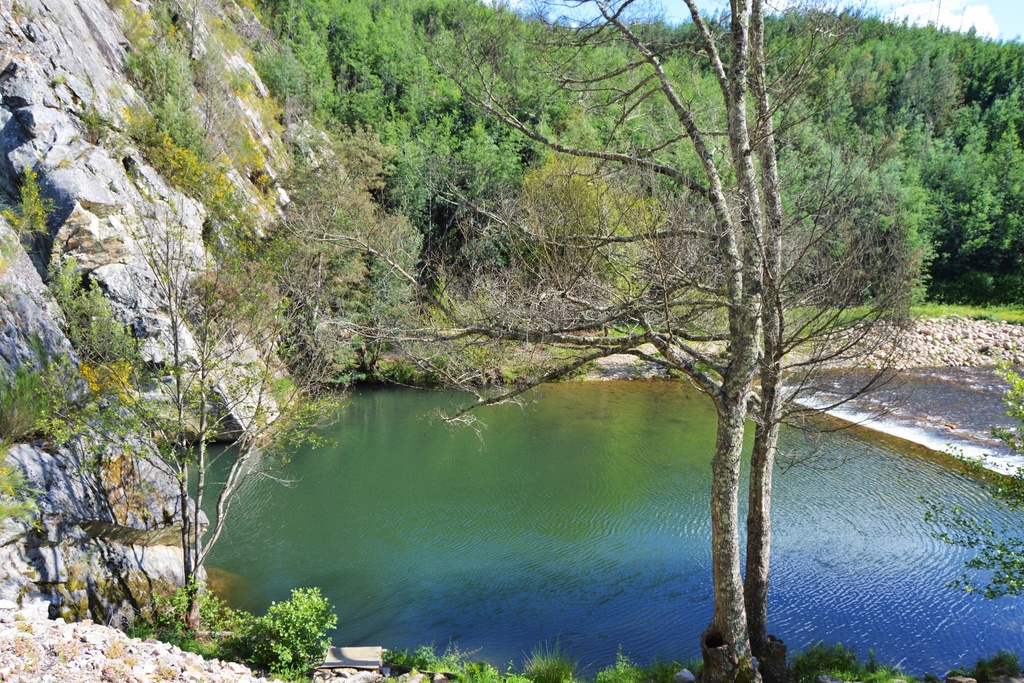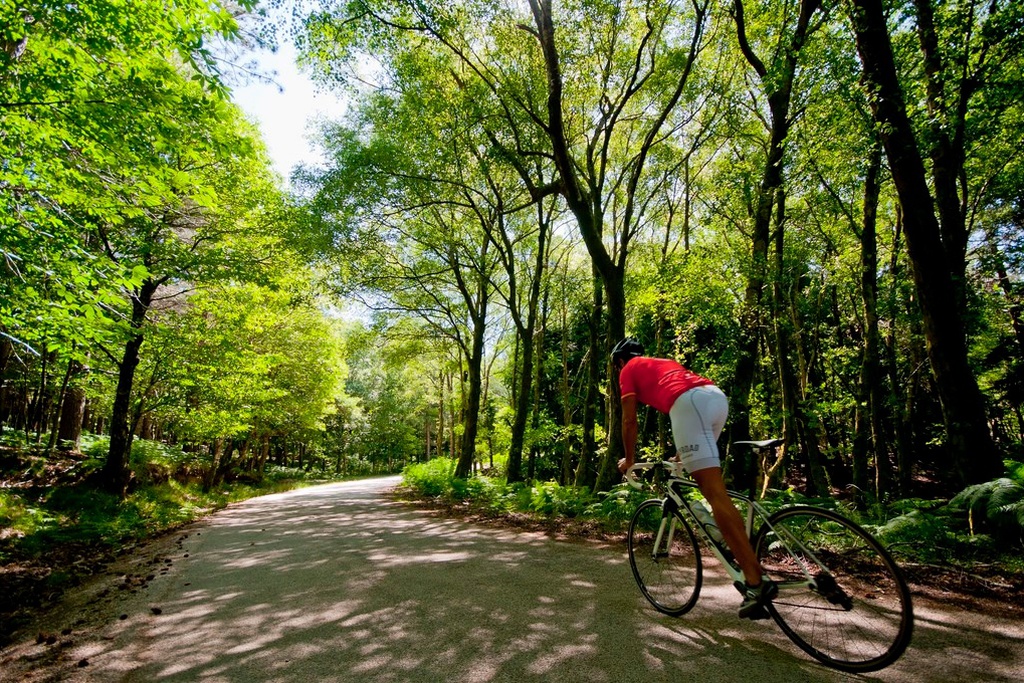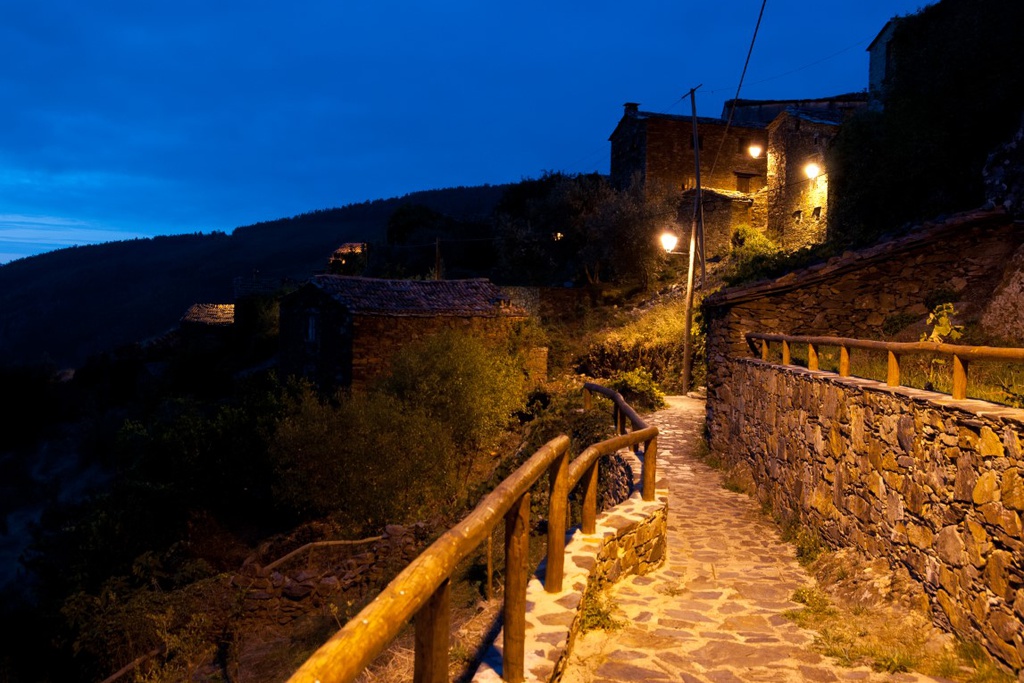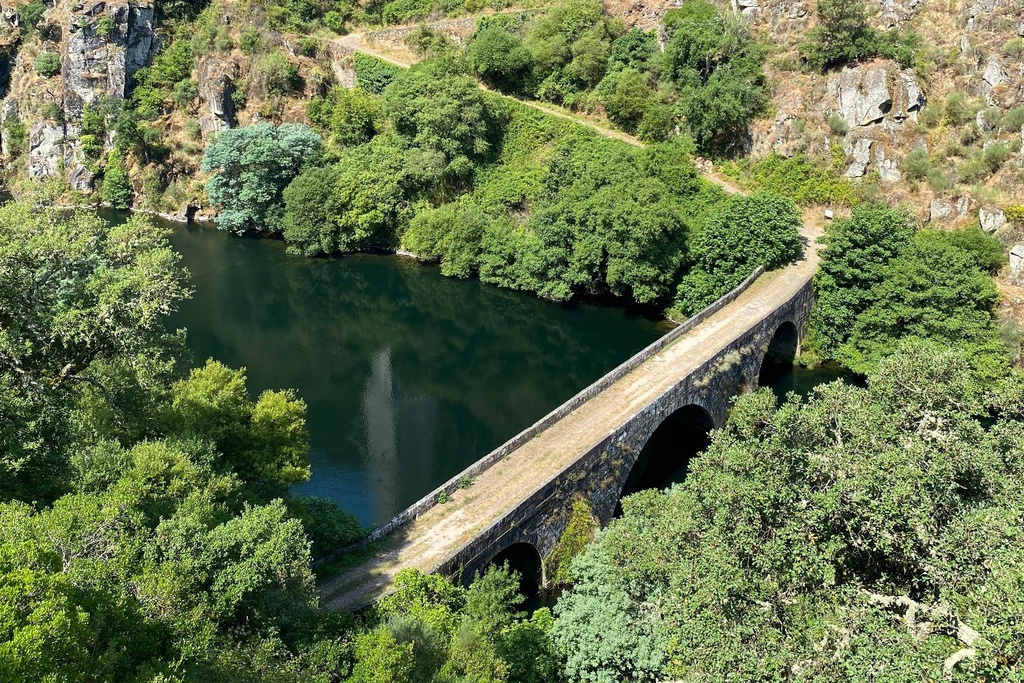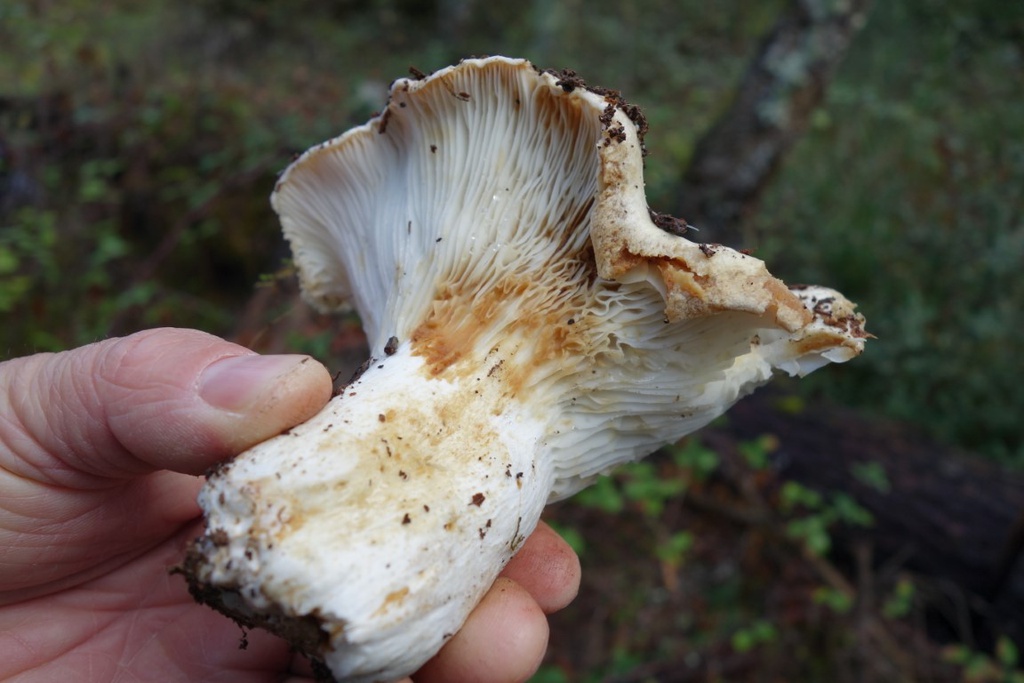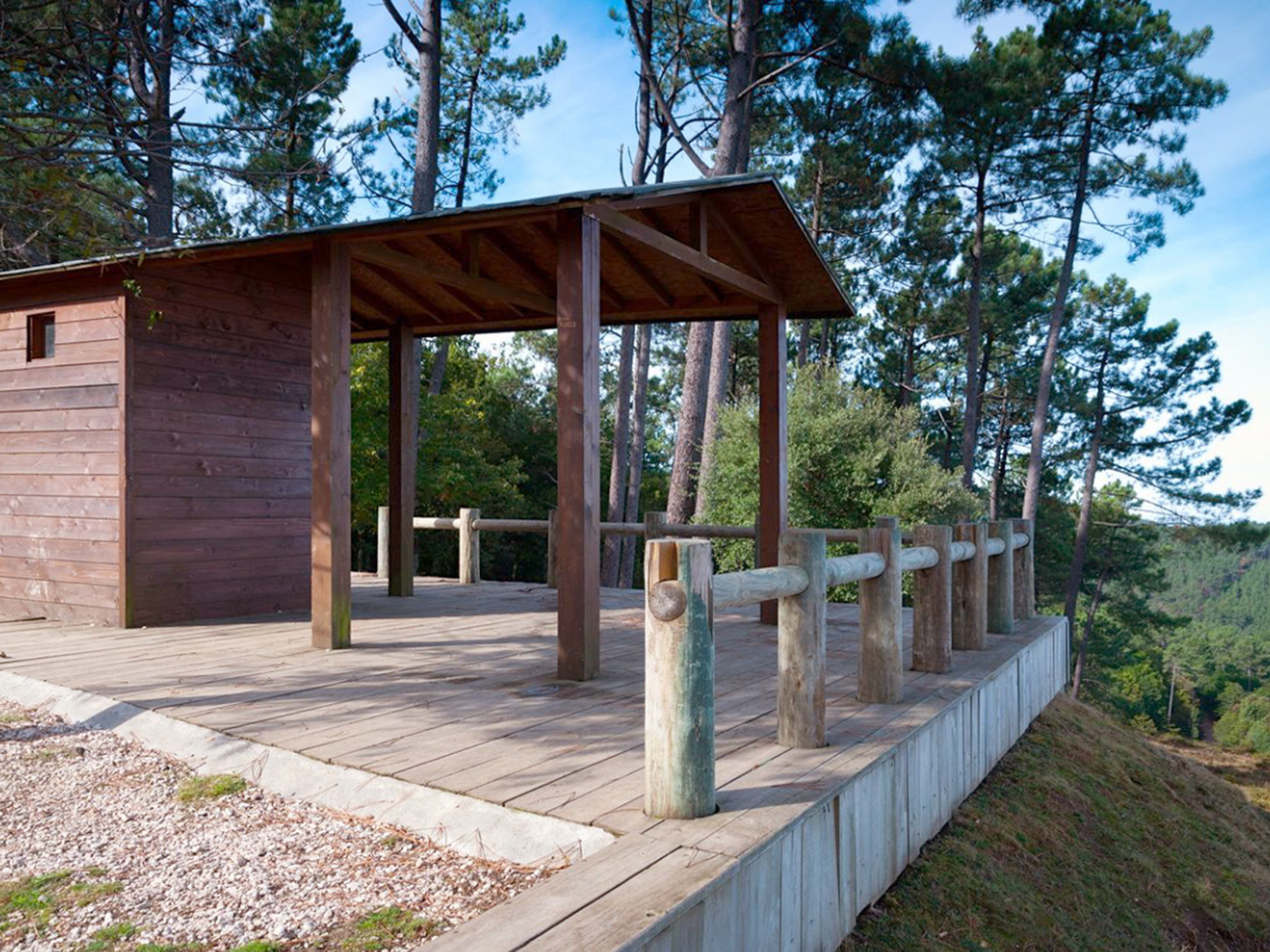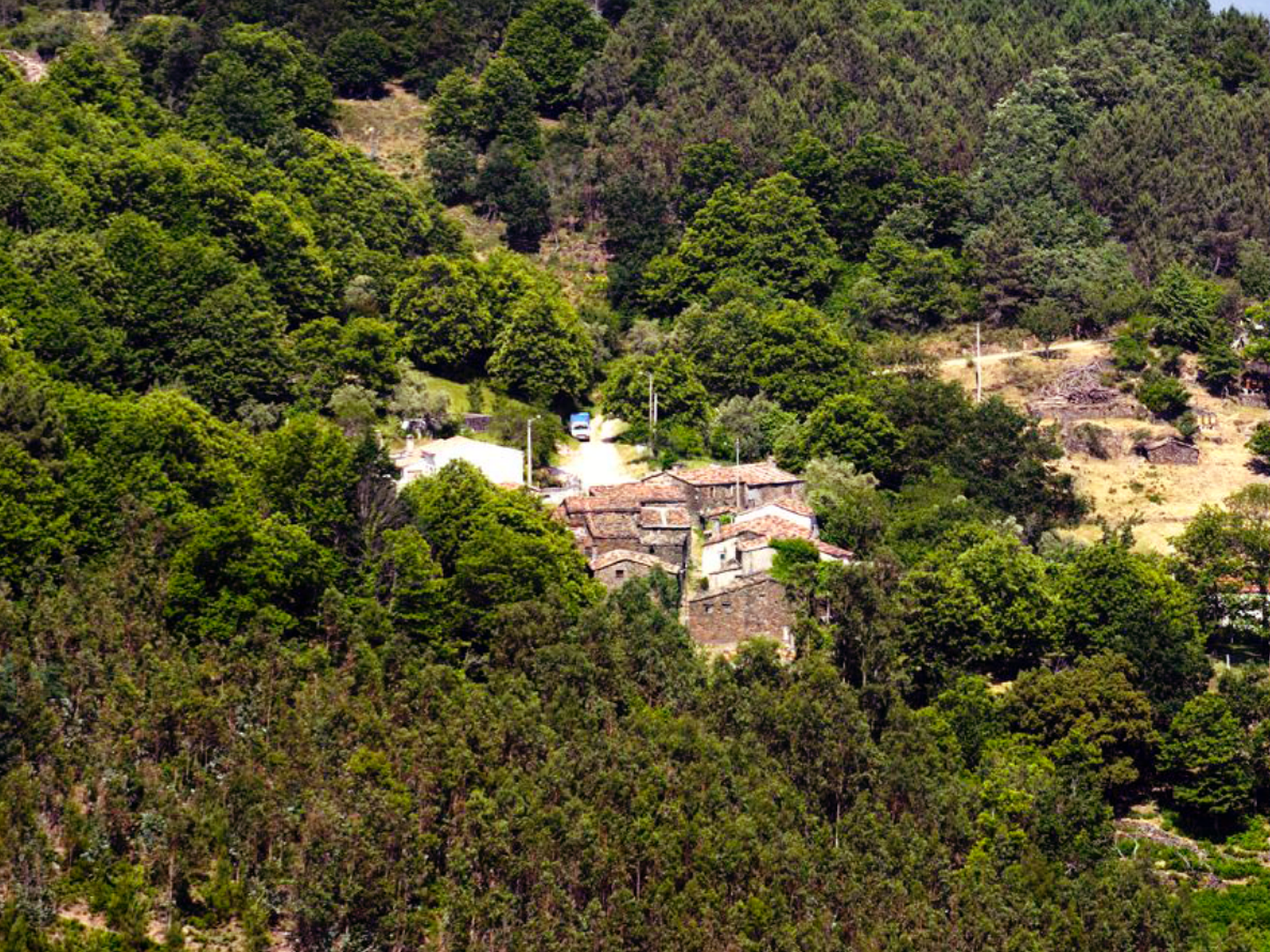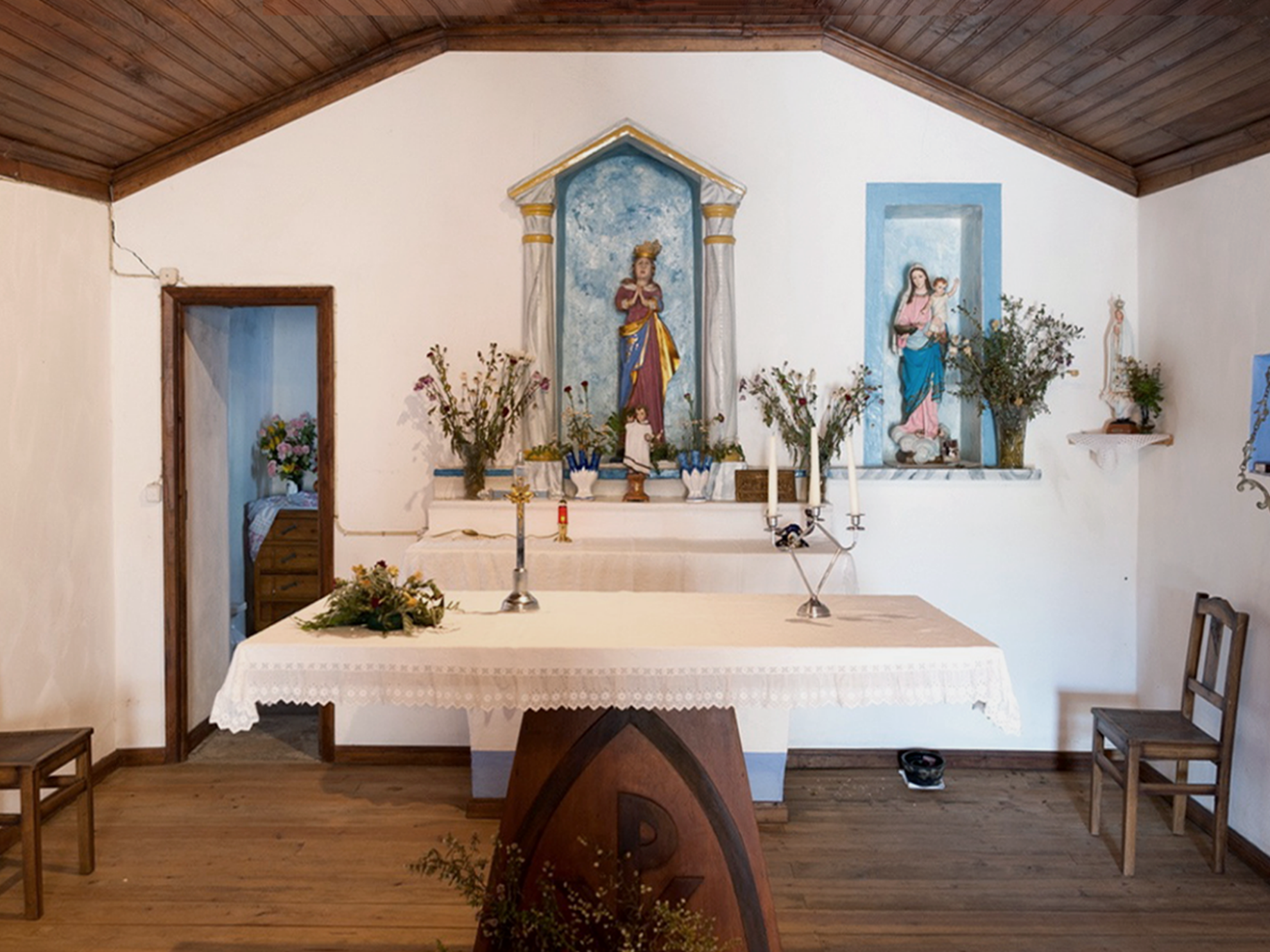A fixação da população nas aldeias da Serra da Lousã terá ocorrido a partir da segunda metade do séc. XVII, ou pelo início do séc. XVIII, altura em que a cultura de regadio trouxe novos produtos, como o milho grosso, a batata e o feijão. Até então, a ocupação seria apenas sazonal, na primavera e verão, nomeadamente com atividades pastoris.
Os documentos mais antigos que indiciam a sua ocupação são uma multa infligida pela Câmara da Lousã, em 1679, e o registo de propriedades foreiras ordenado por D. Pedro II, de 1687. No início do séc. XIX, apenas o Candal e a Cerdeira escaparam ao saque do exército napoleónico.
Já em 1885, a população das sete aldeias (as cinco Aldeias do Xisto, mais o Catarredor e o Vaqueirinho) corresponderia a 8,7% do total da freguesia da Lousã (5.340 habitantes). Provavelmente, o Chiqueiro, chegou a ser uma das mais importantes aldeias serranas. Teve pároco residente e na sua capela ocorreram sepultamentos.
A sua maior população residente ocorreu em 1940, com 45 habitantes. Desde 1991 que mantém dois habitantes.
Origin of the name
From chico – meaning pig – and eiró, meaning pig pen, pigsty or unclean place.
“…Spring, Spring,
Spring of the herdsmen,
Those poor herdsmen
Who sleep in those pigsties…”
(popular Transmontane song)
It follows that the village would have had a significant number of buildings and rustic structures for use as animal pens, probably belonging to or occupied by transhumant shepherds who came from the Serra da Estrela to pasture their livestock in the Lousã Mountain.
Burials in the chapel
At the end of the 1950s the inhabitants of Chiqueiro, tired of the inconvenience of the dilapidated wood floor placed directly on the soil, decided to replace the interior flooring of the chapel. During the work of removing the surface layer of soil, the village was in uproar: three graves were exposed, revealing a dozen unusual objects quite unlike the meagre belongings of the inhabitants (swords, earrings, necklaces and crowns). The authorities were called and the objects collected and taken away. To the inhabitants, they were evidence of the presence in Chiqueiro of Princess Peralta, after fleeing the Castle of Lousã and taking refuge here.



